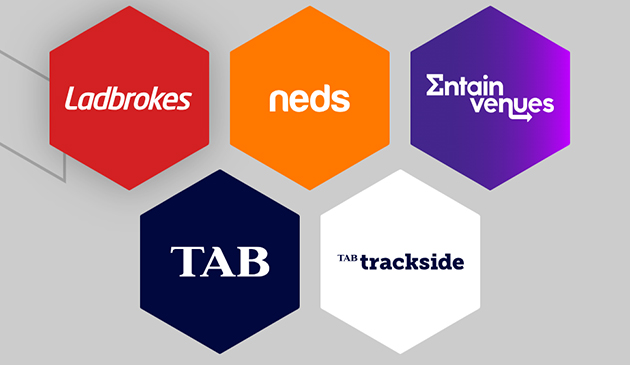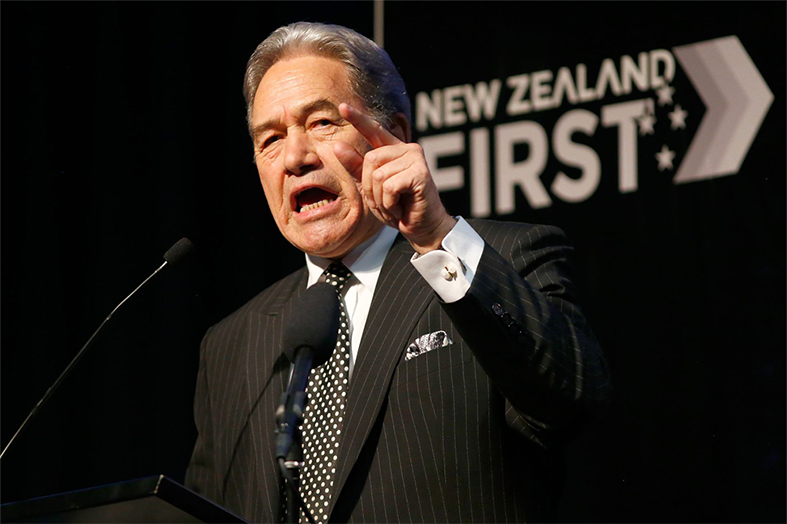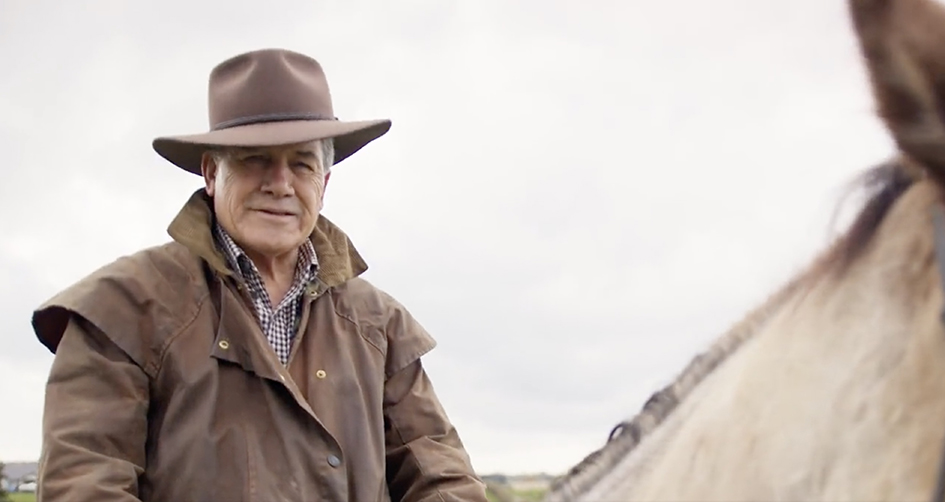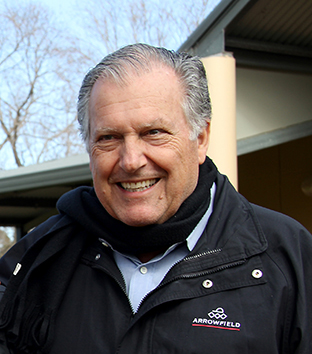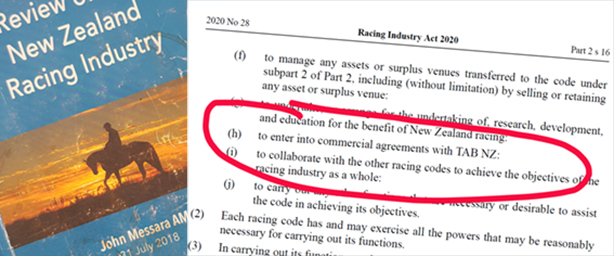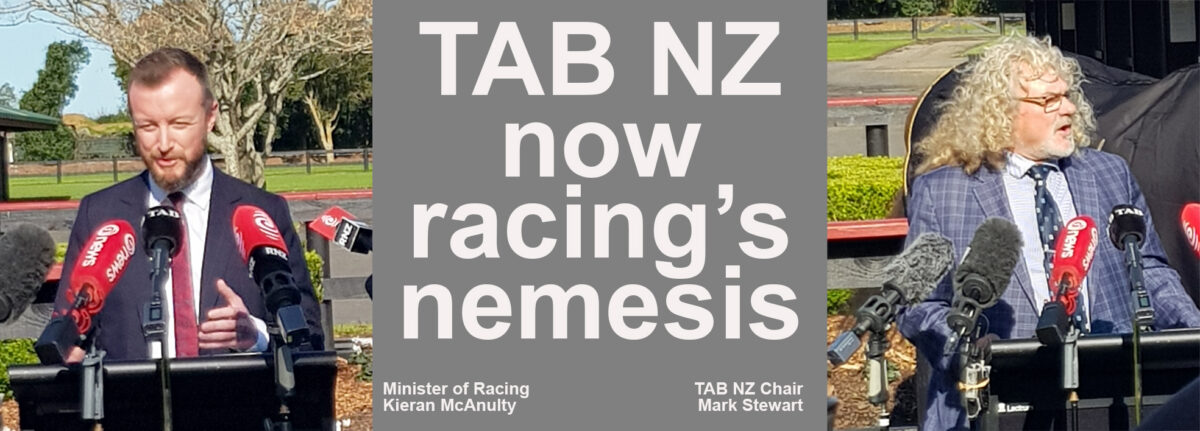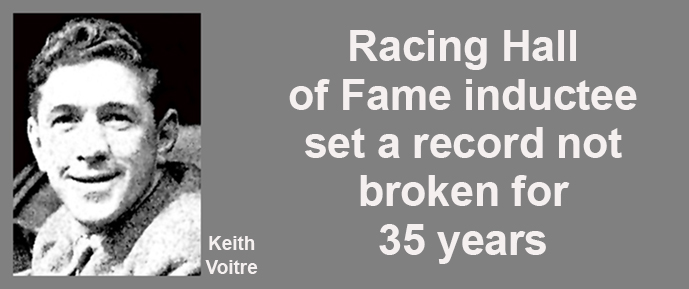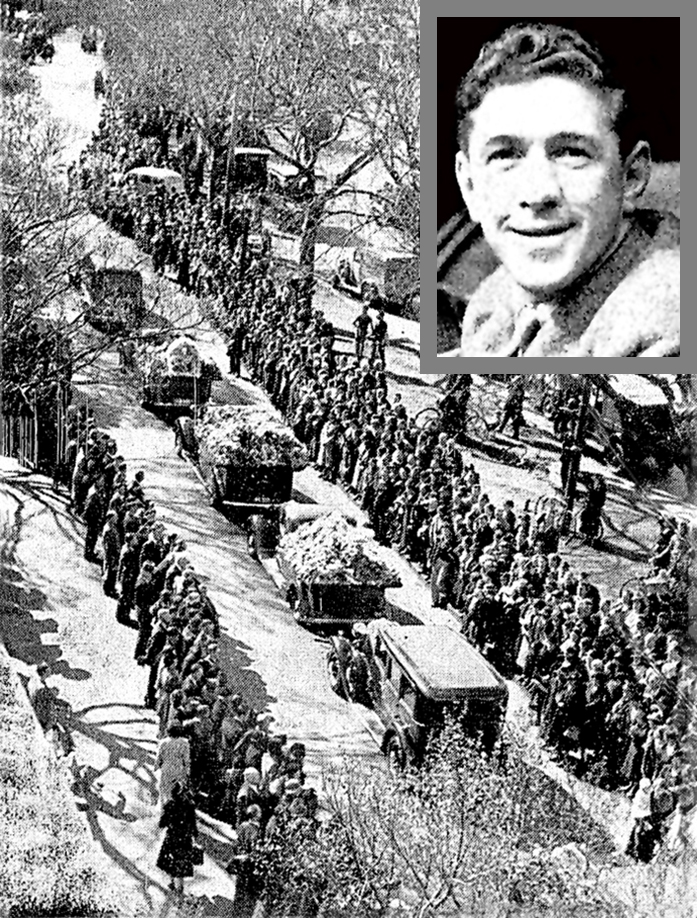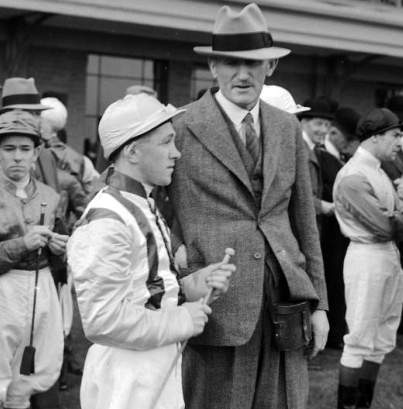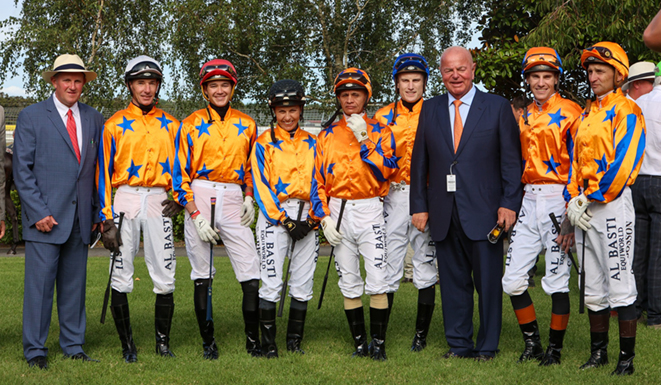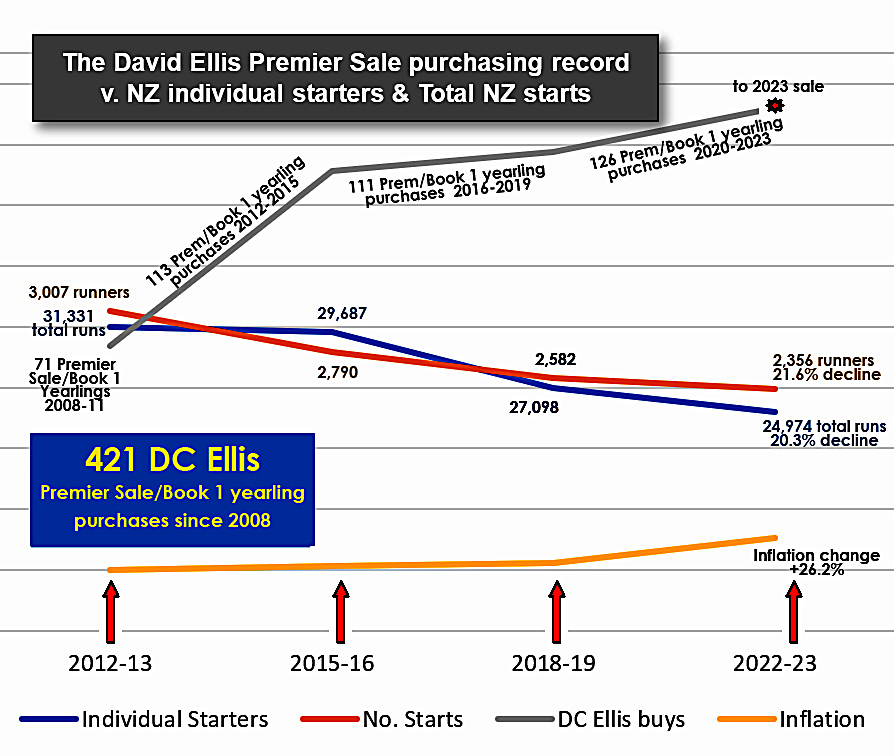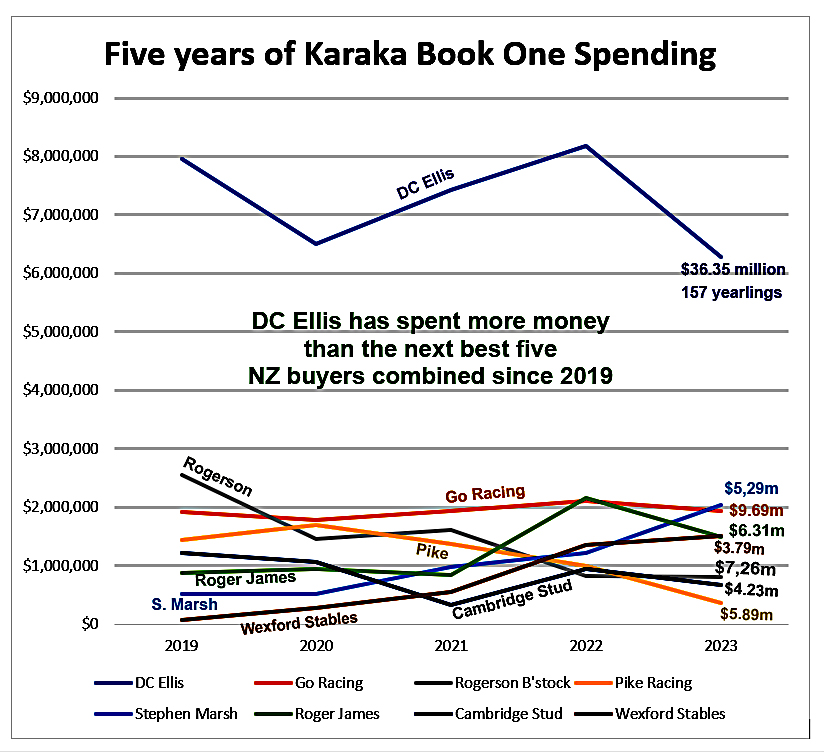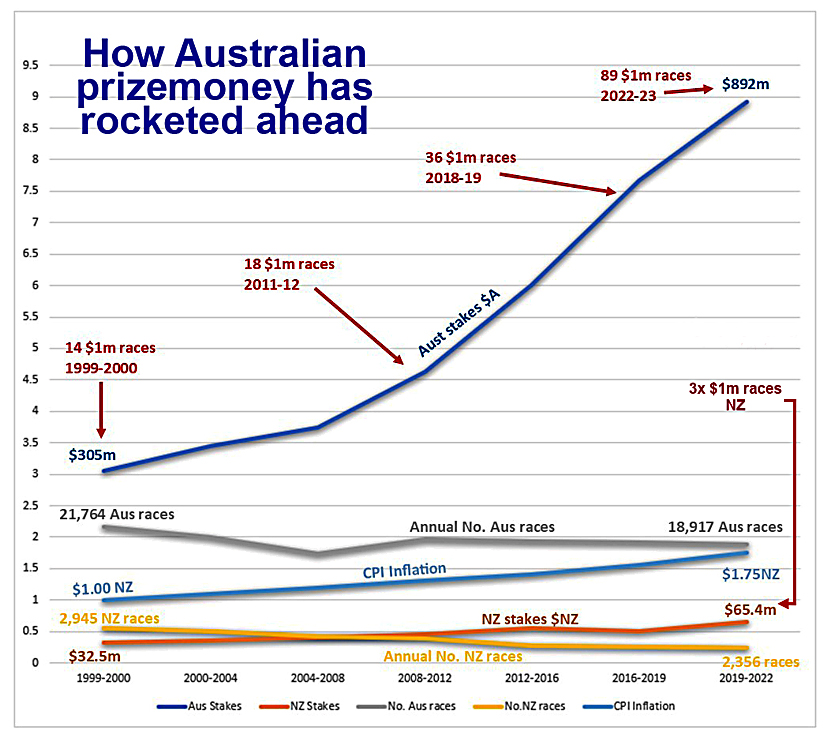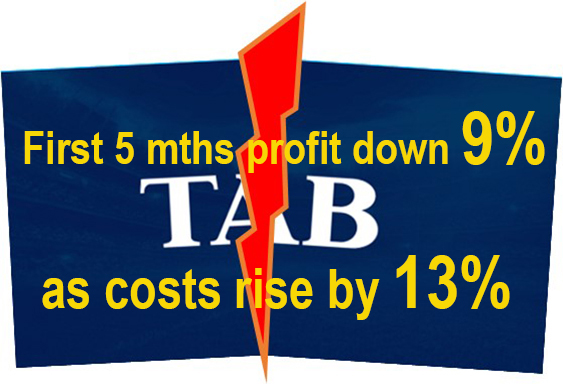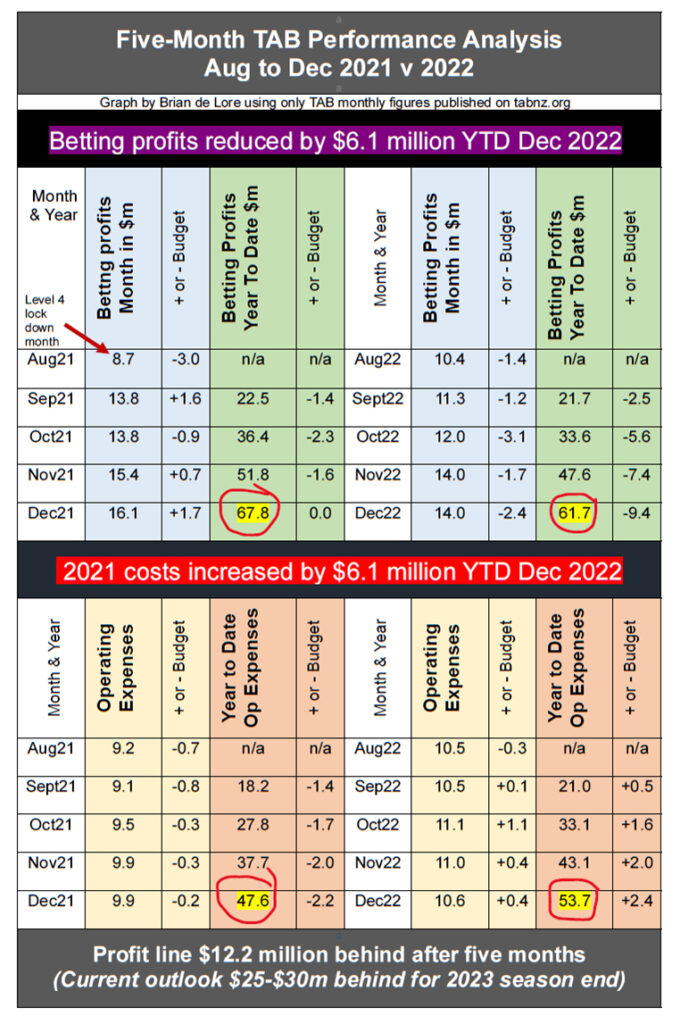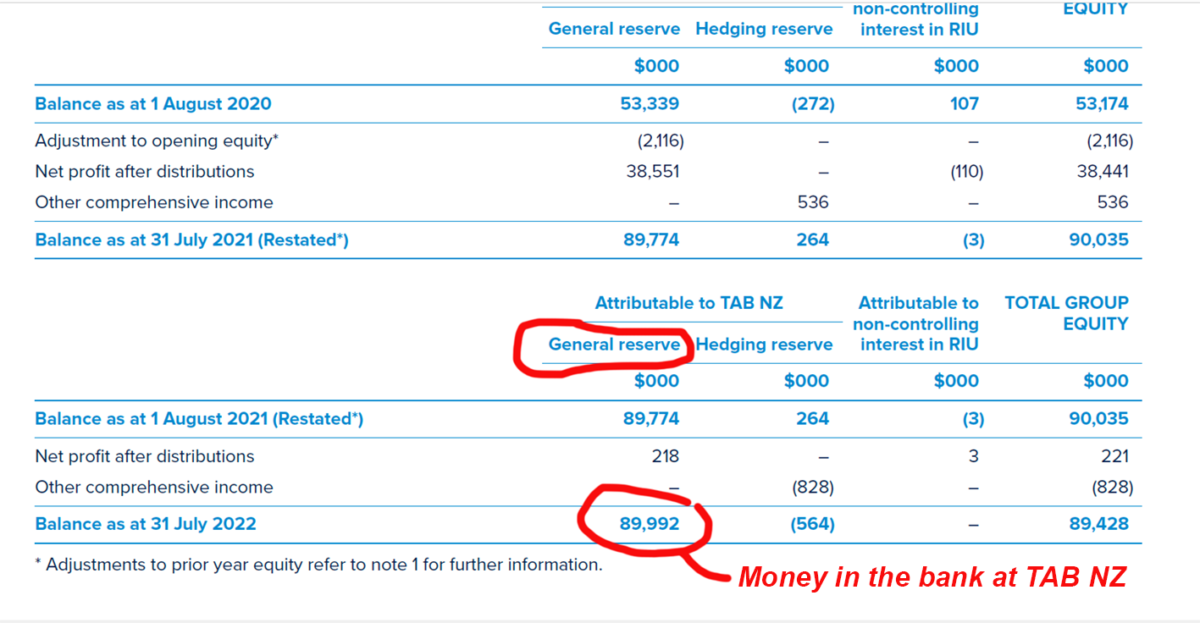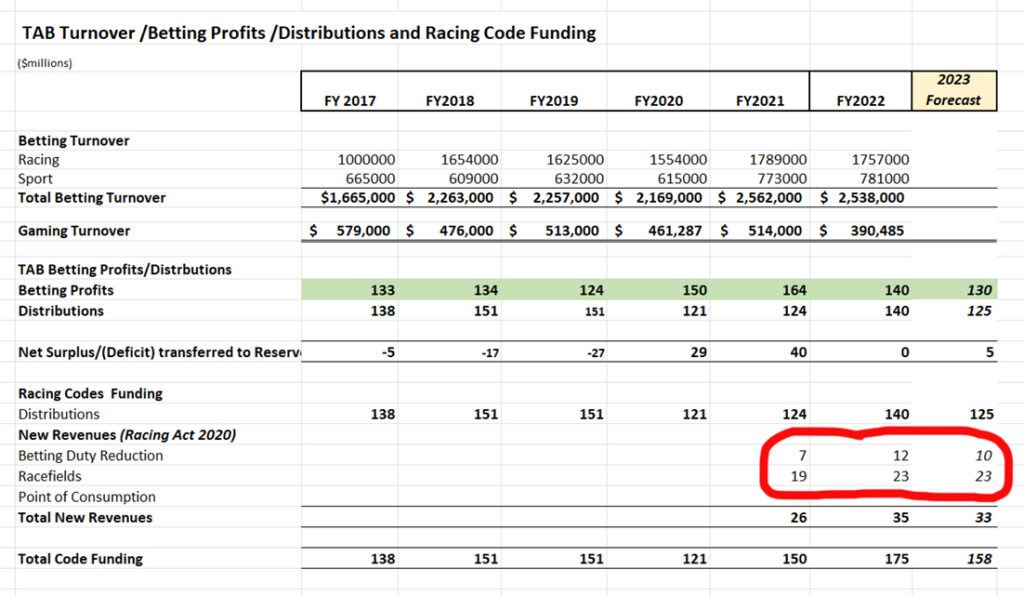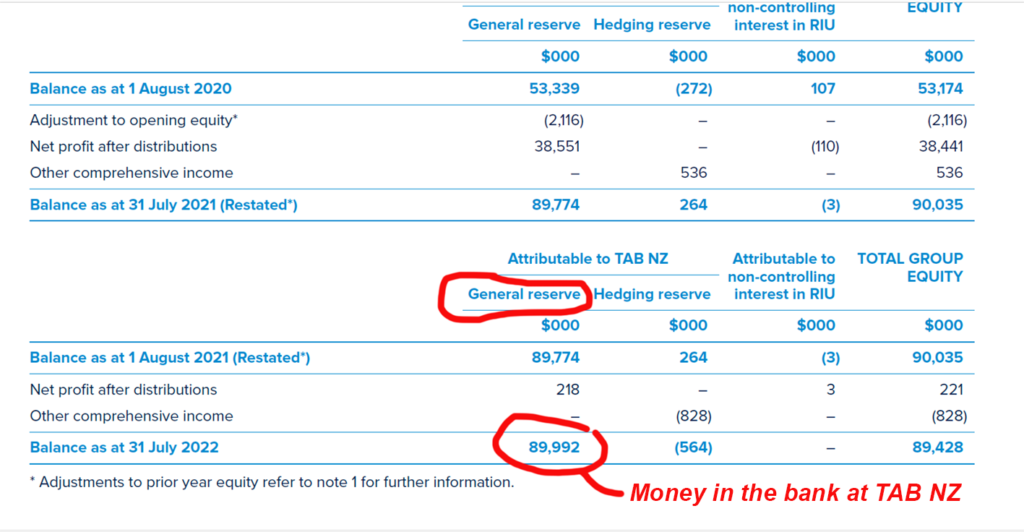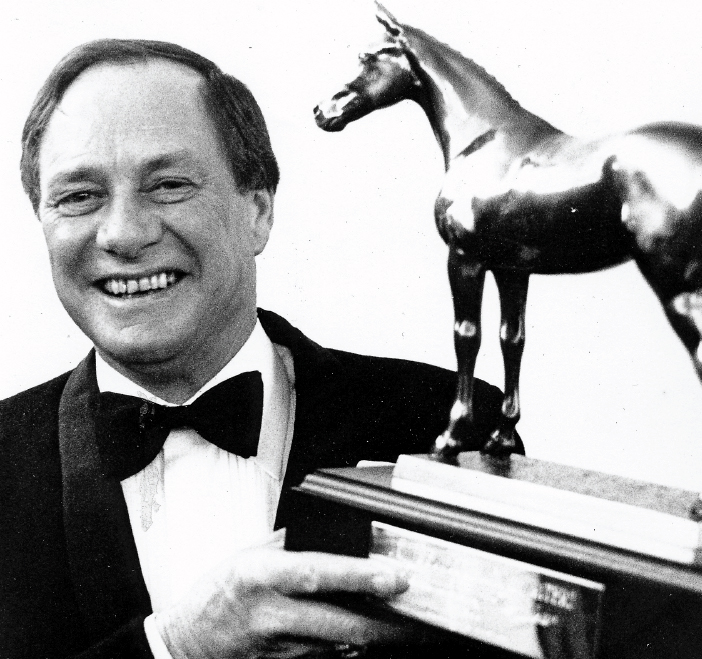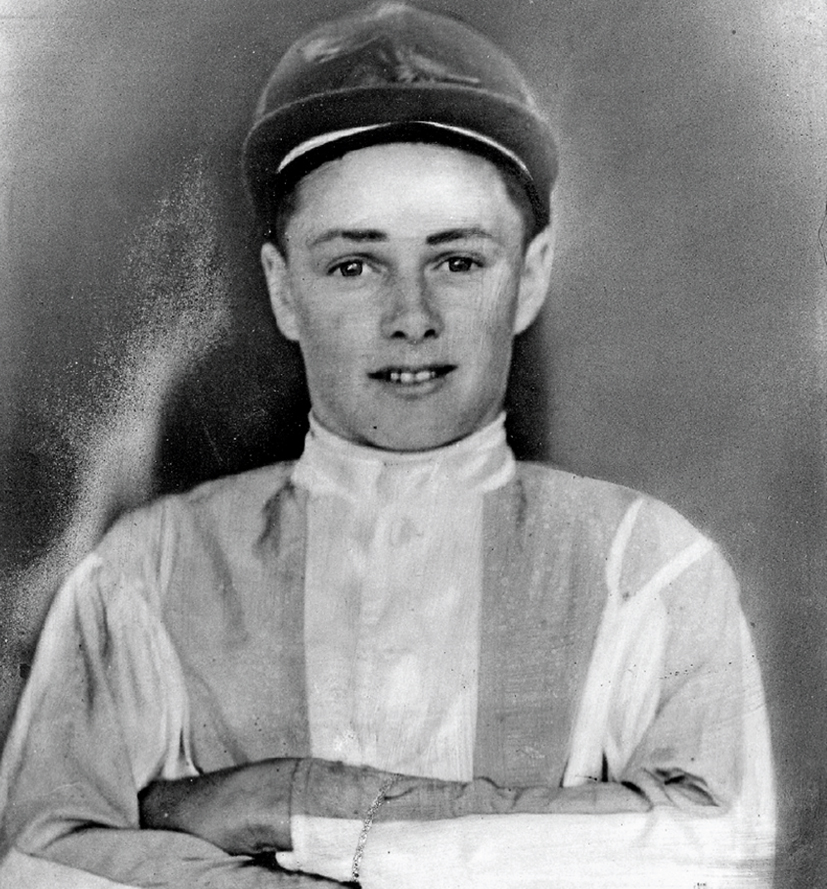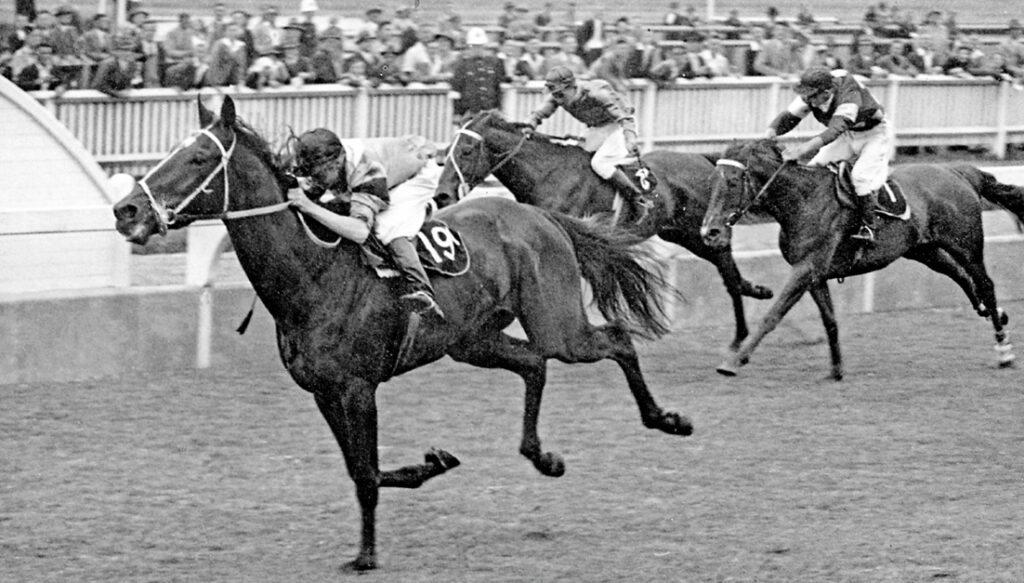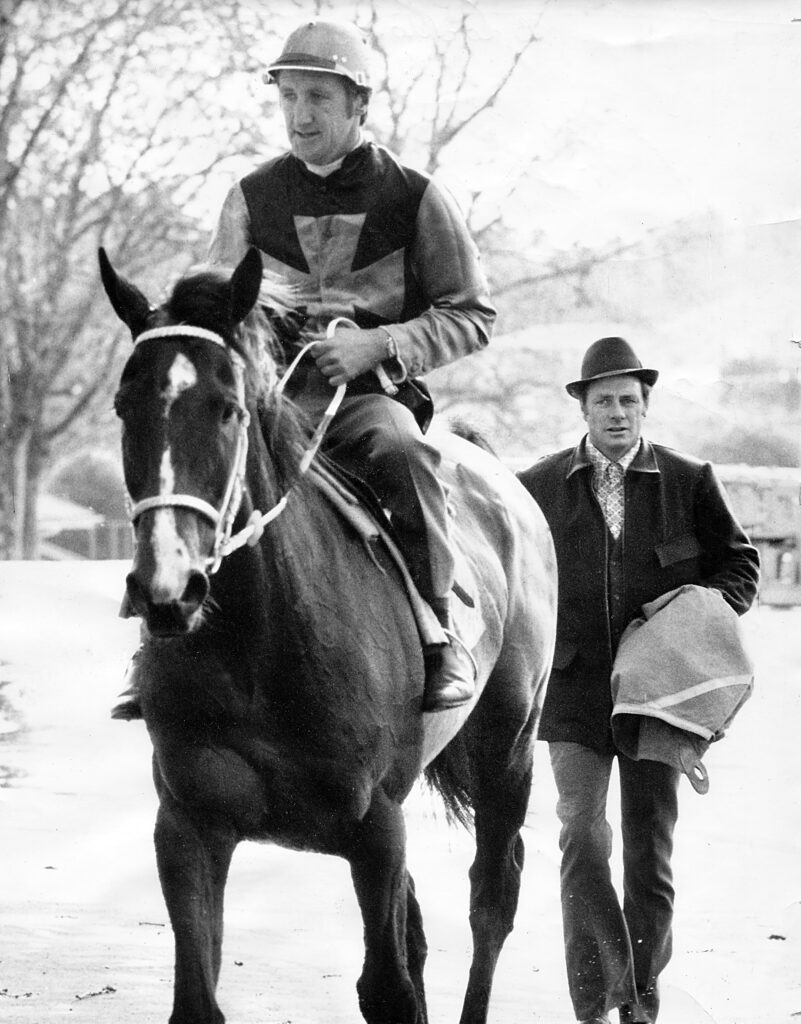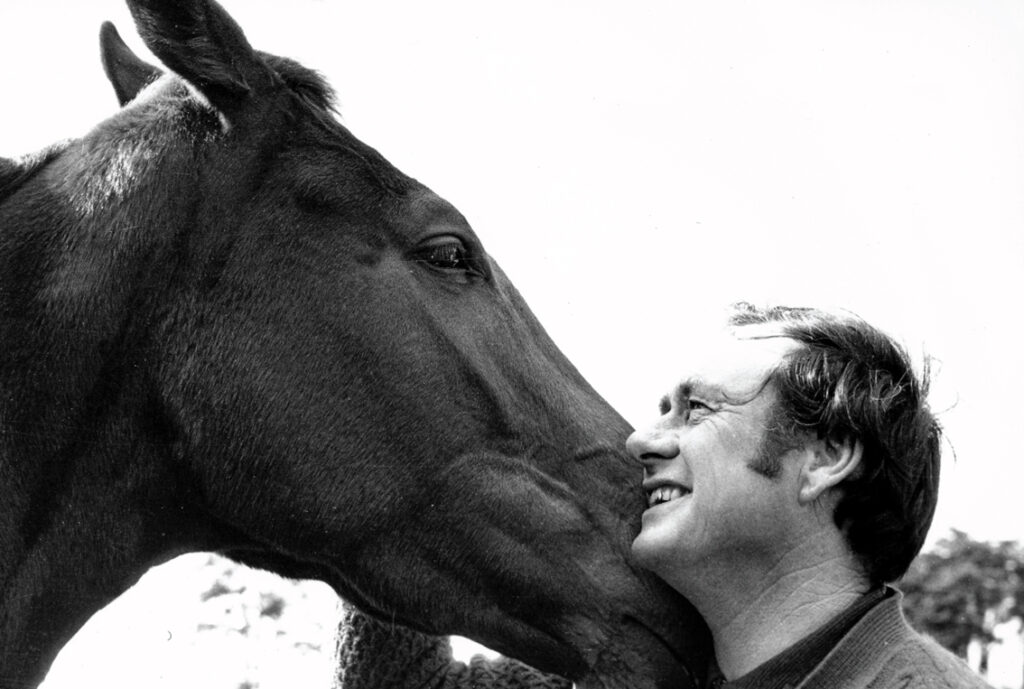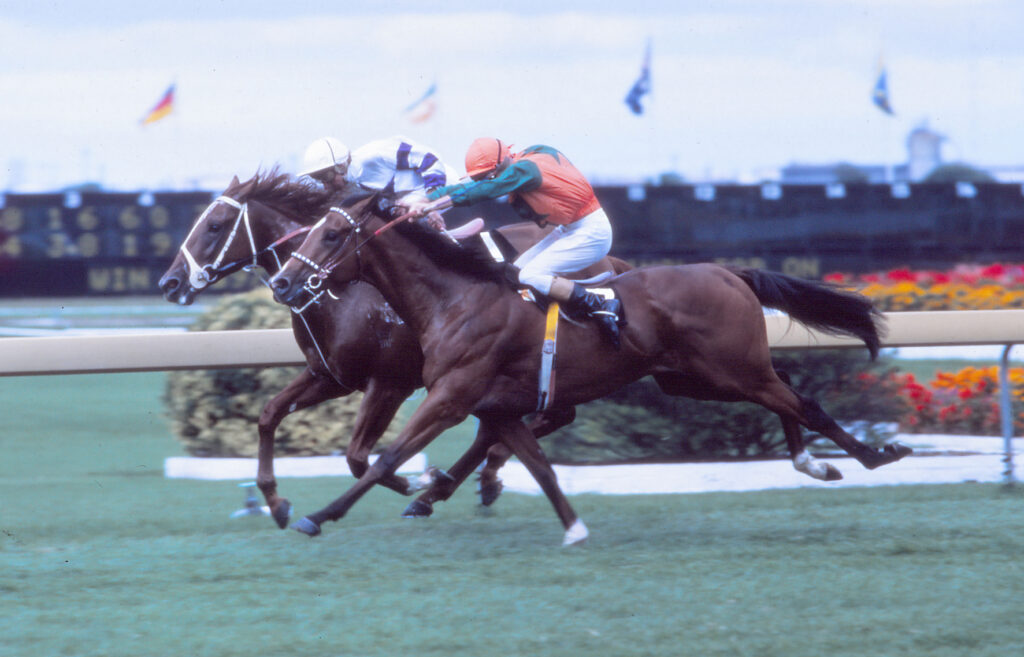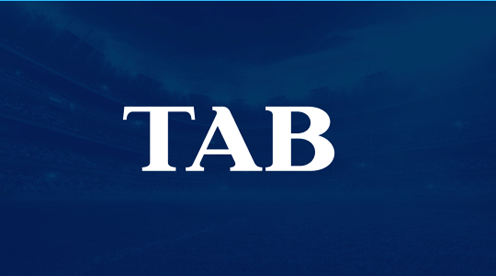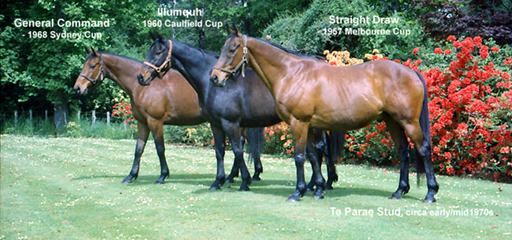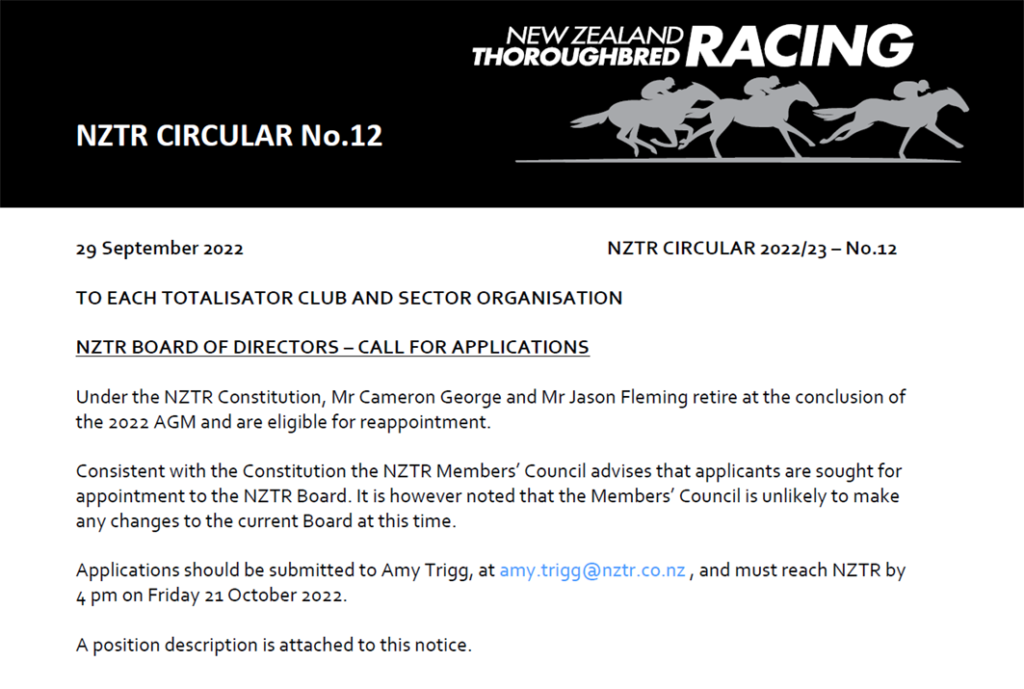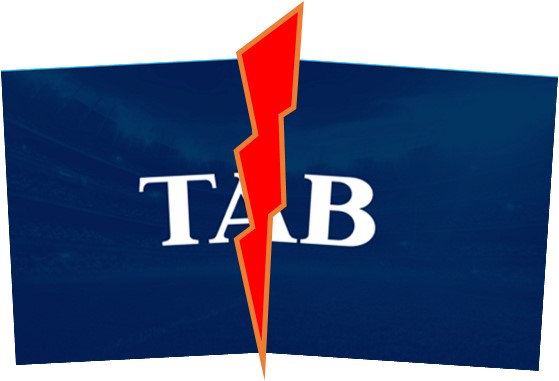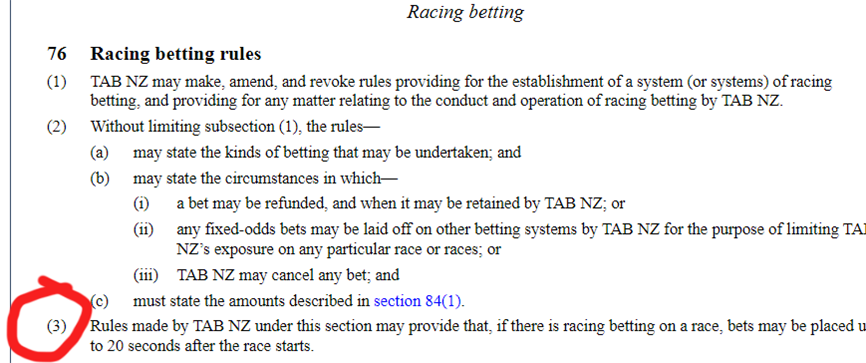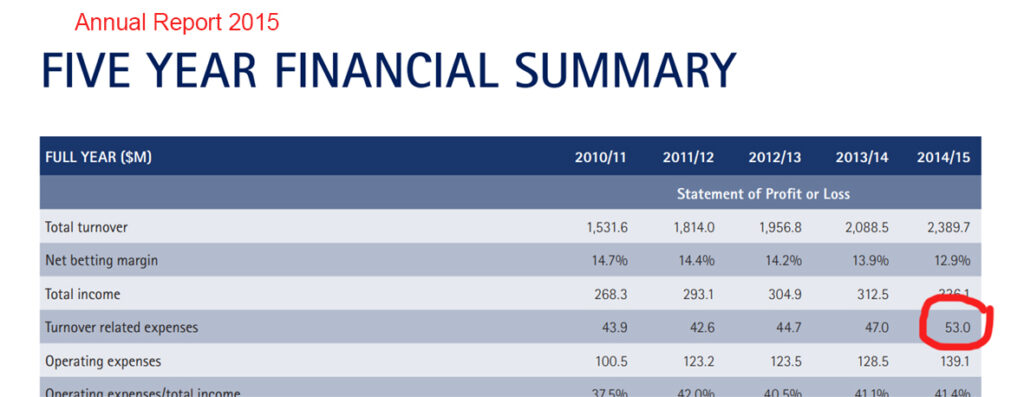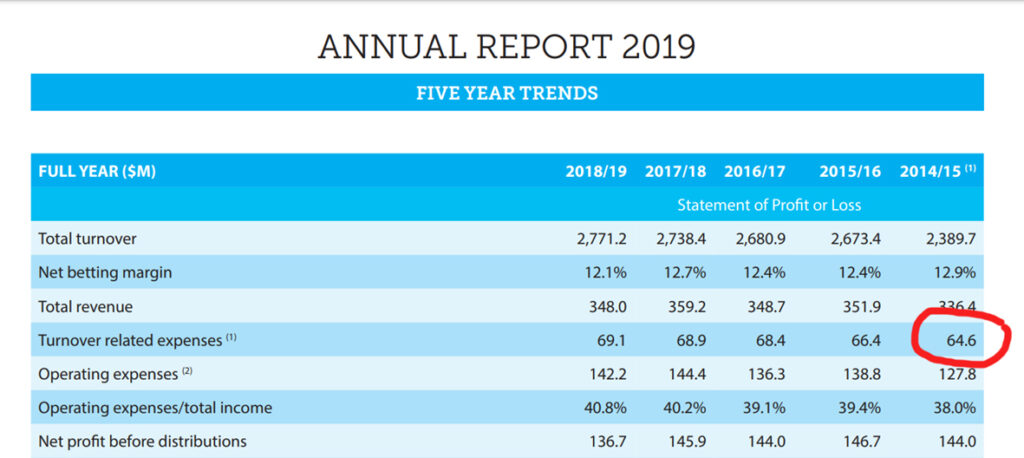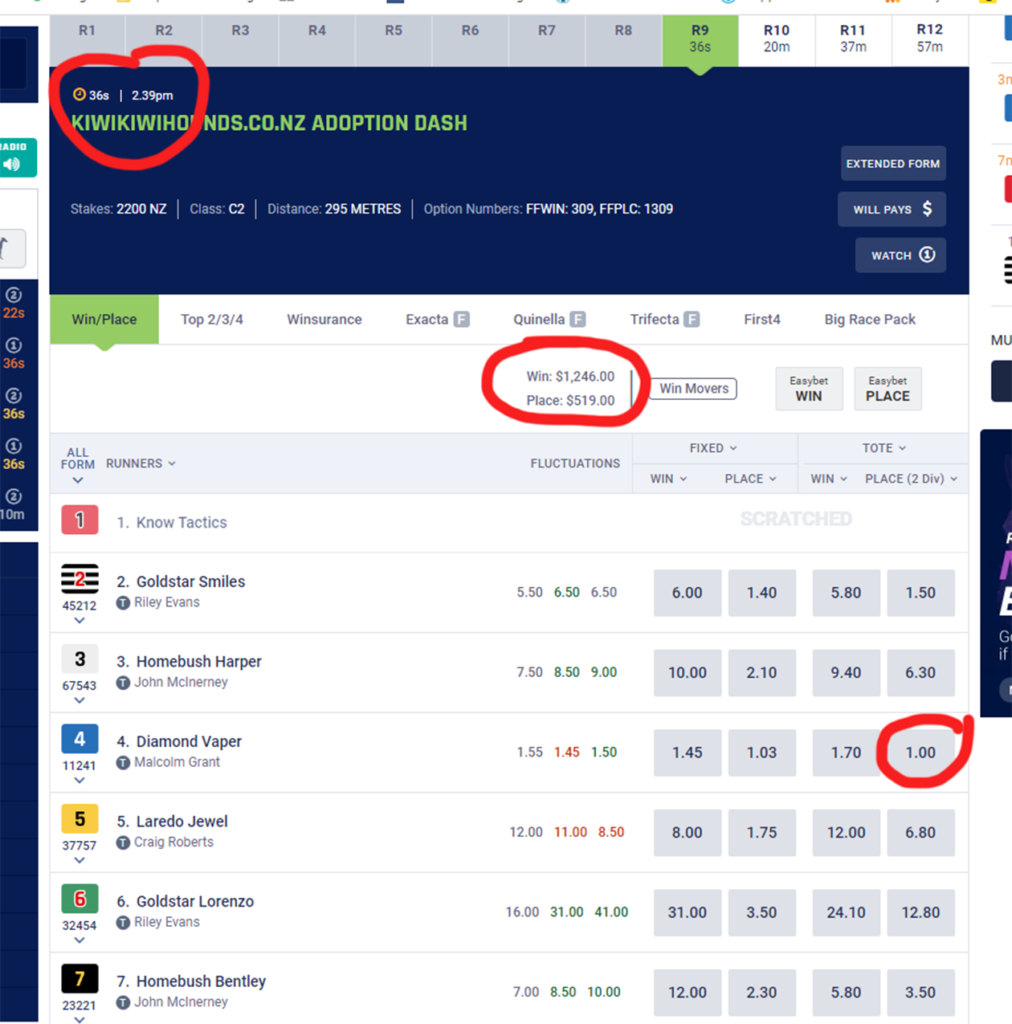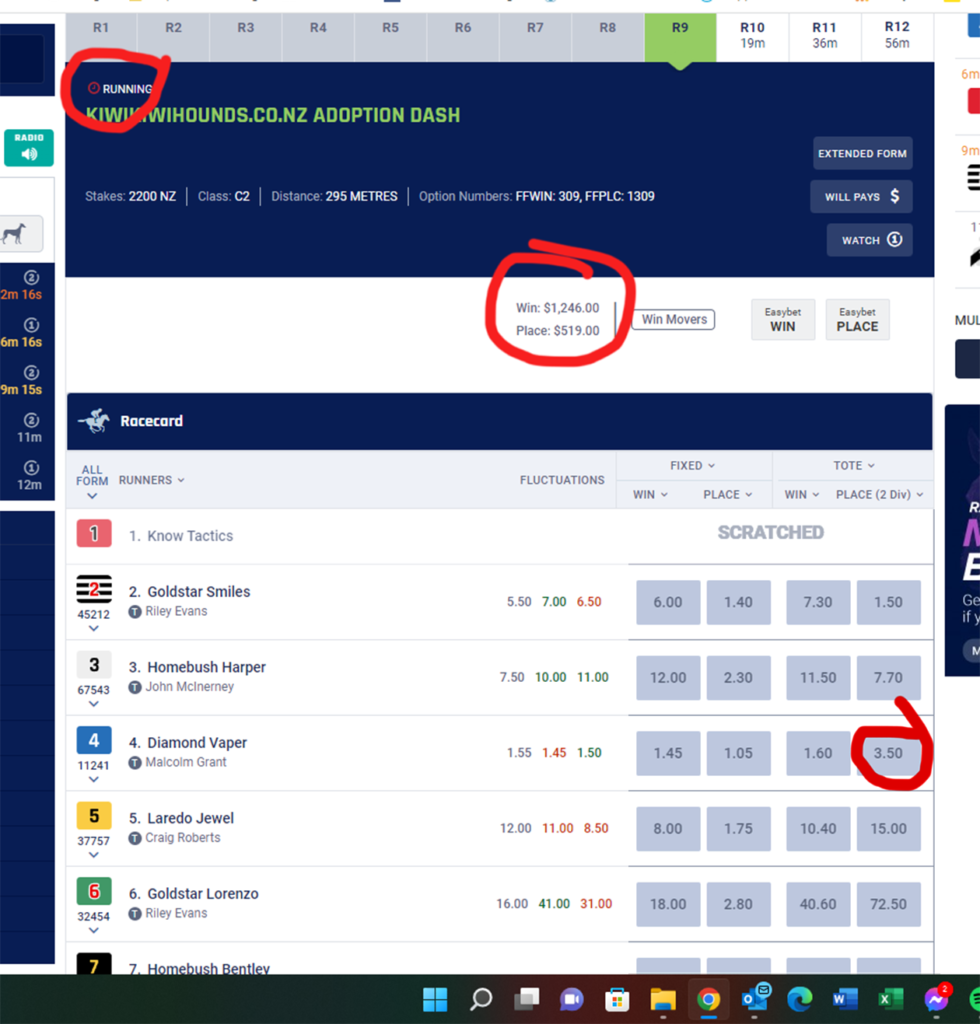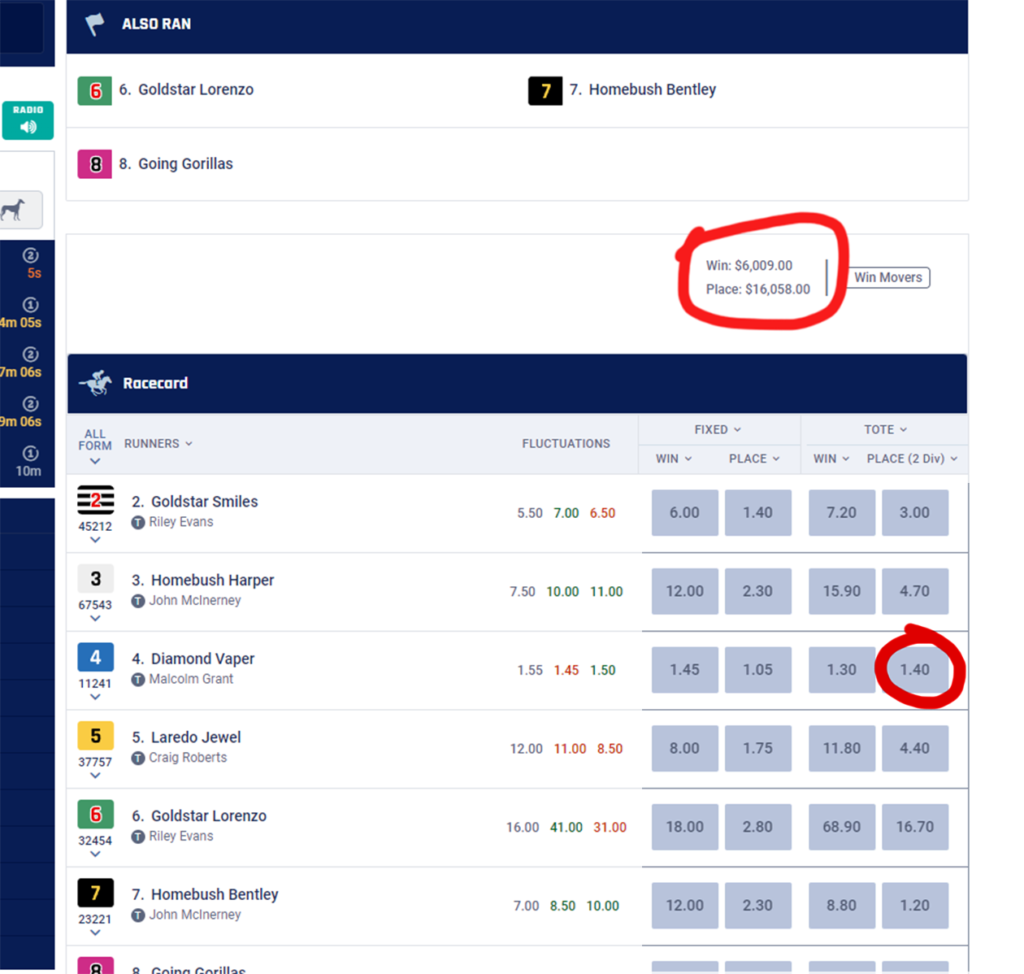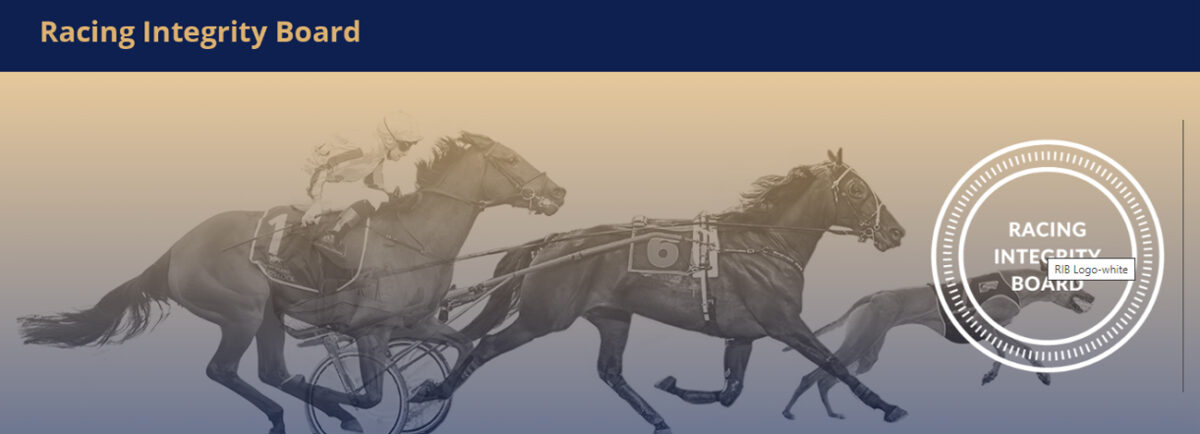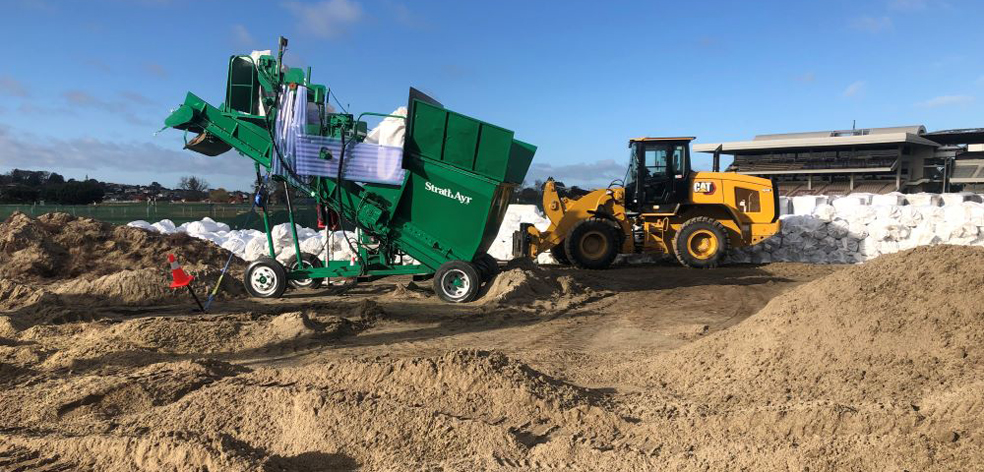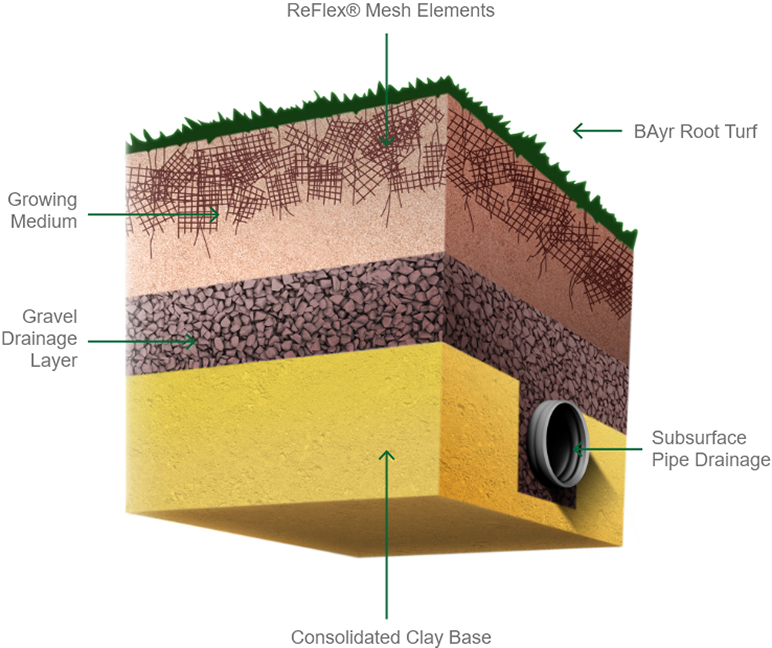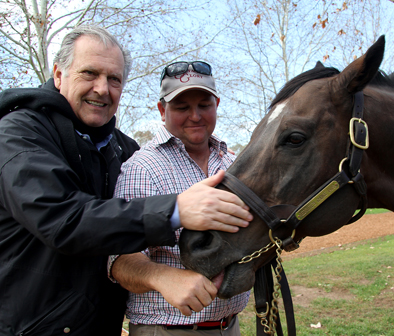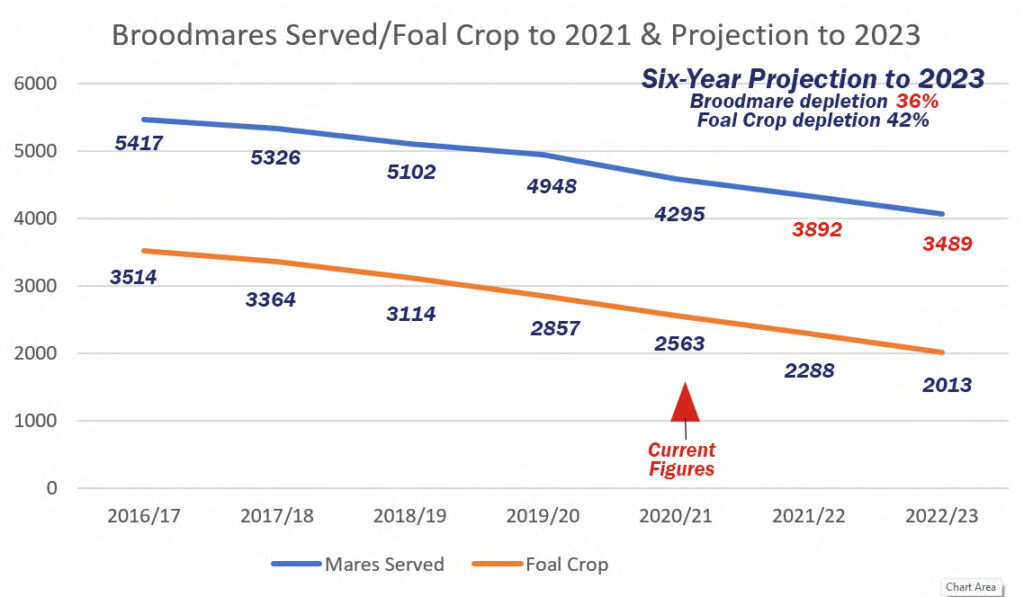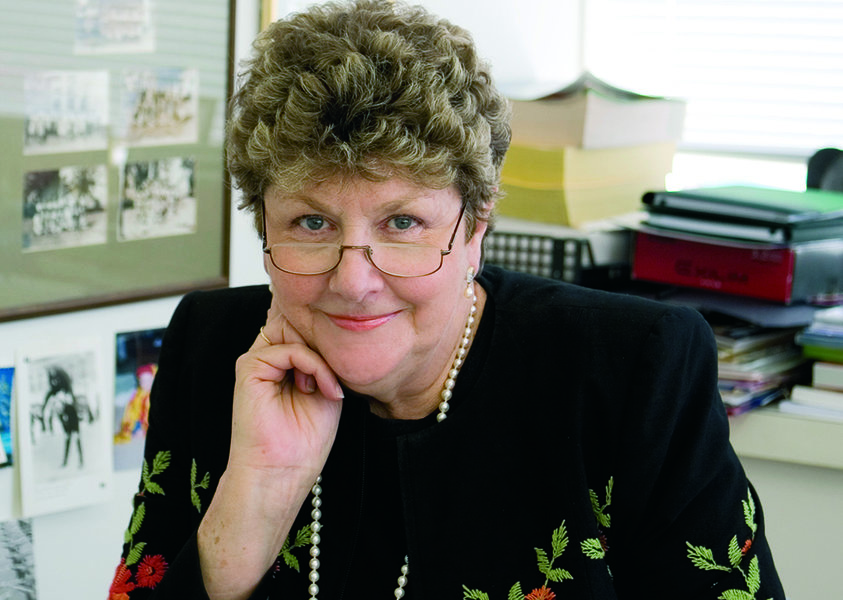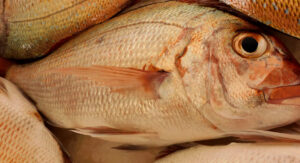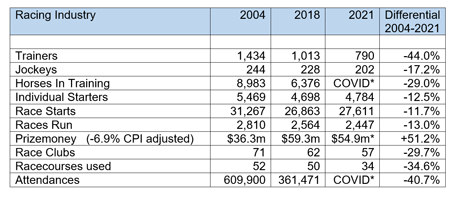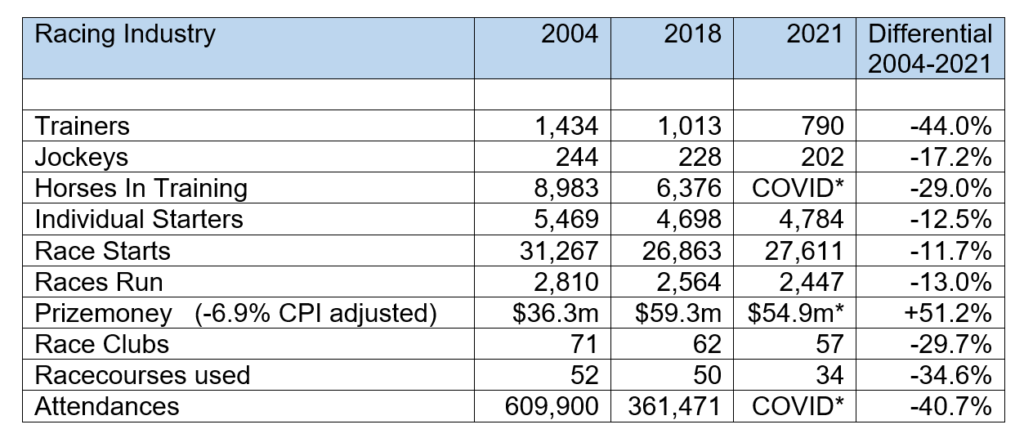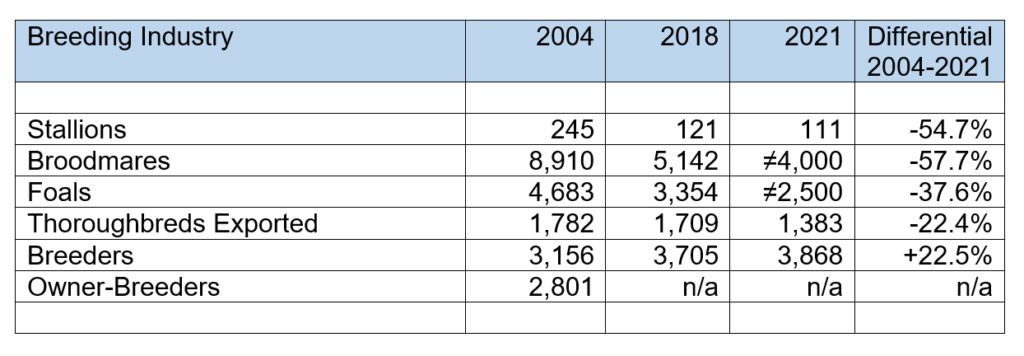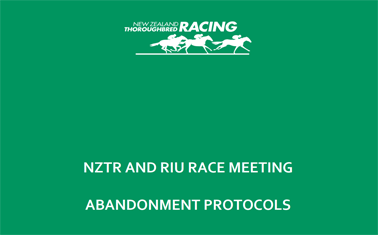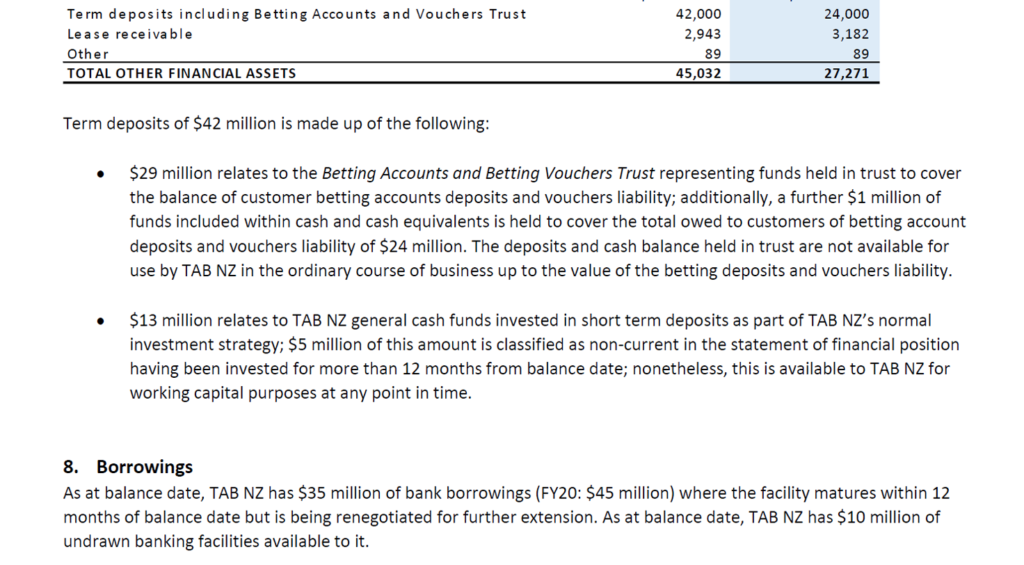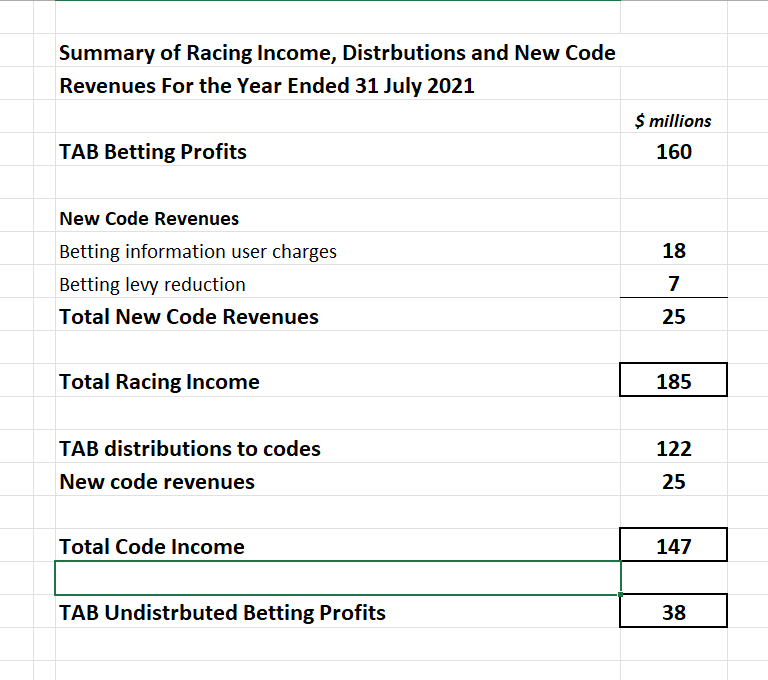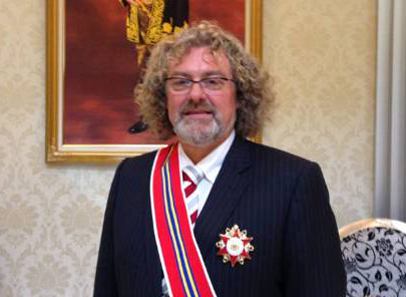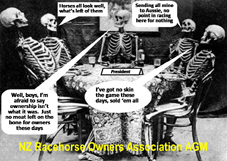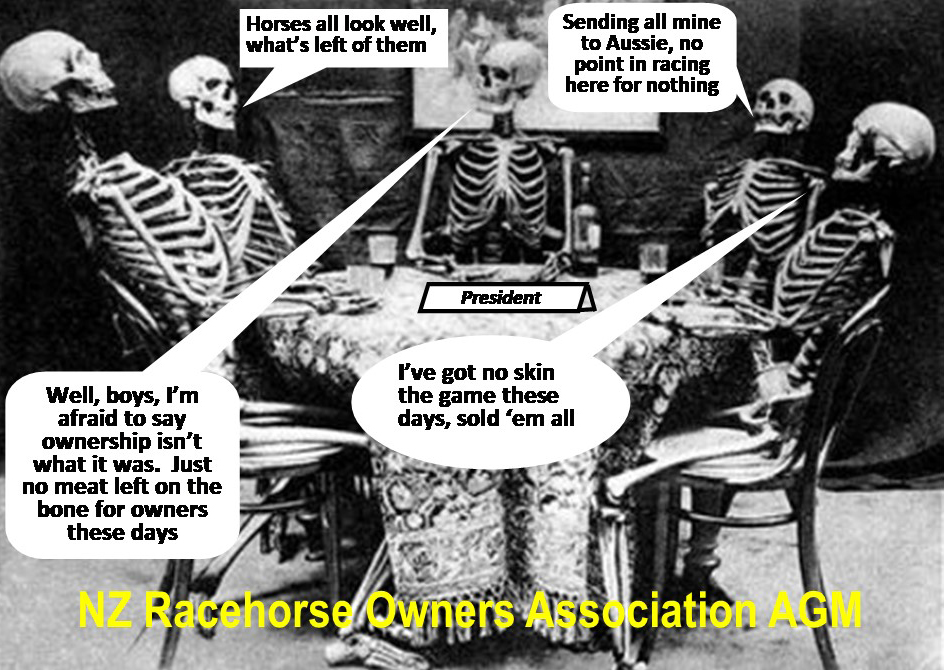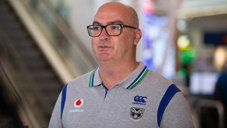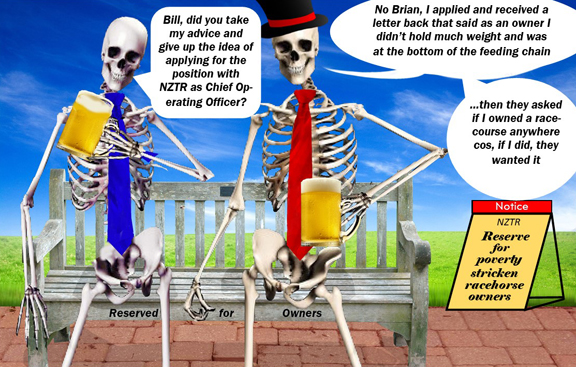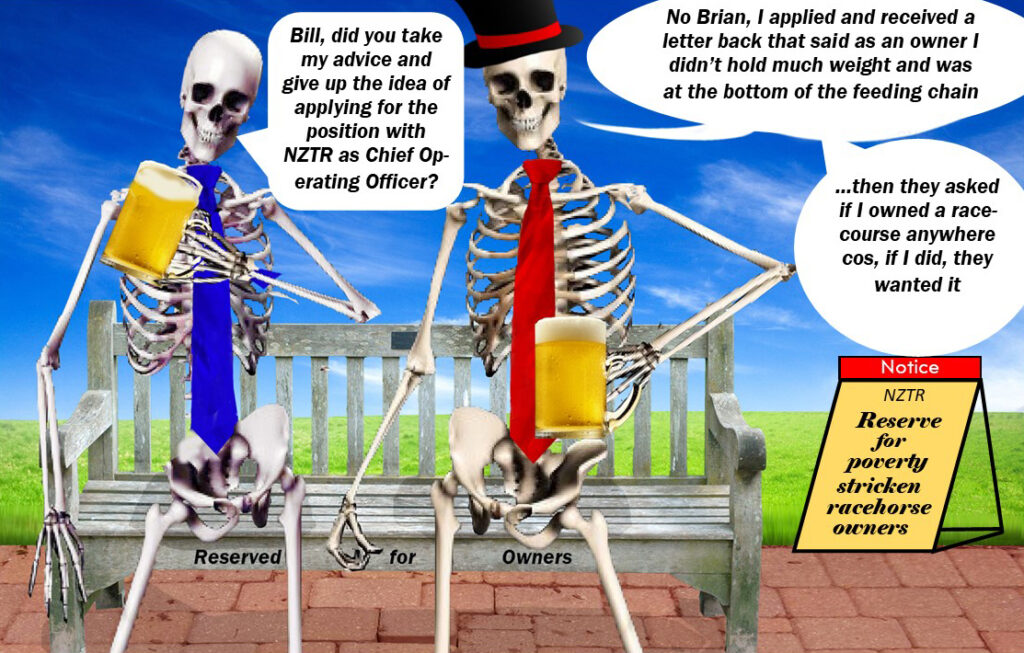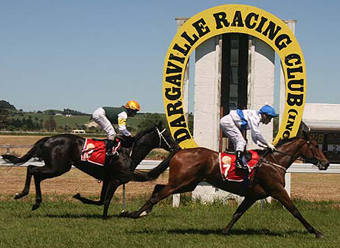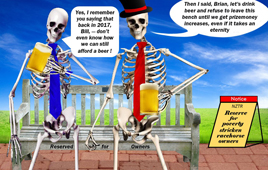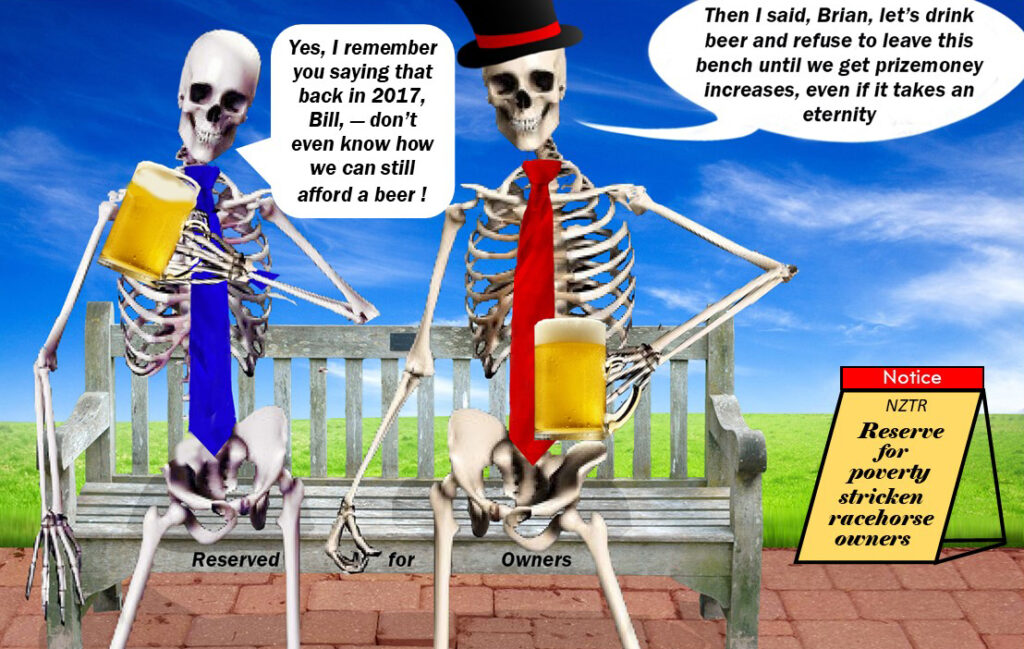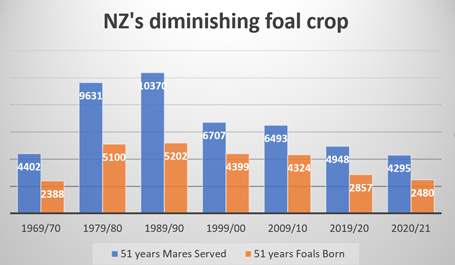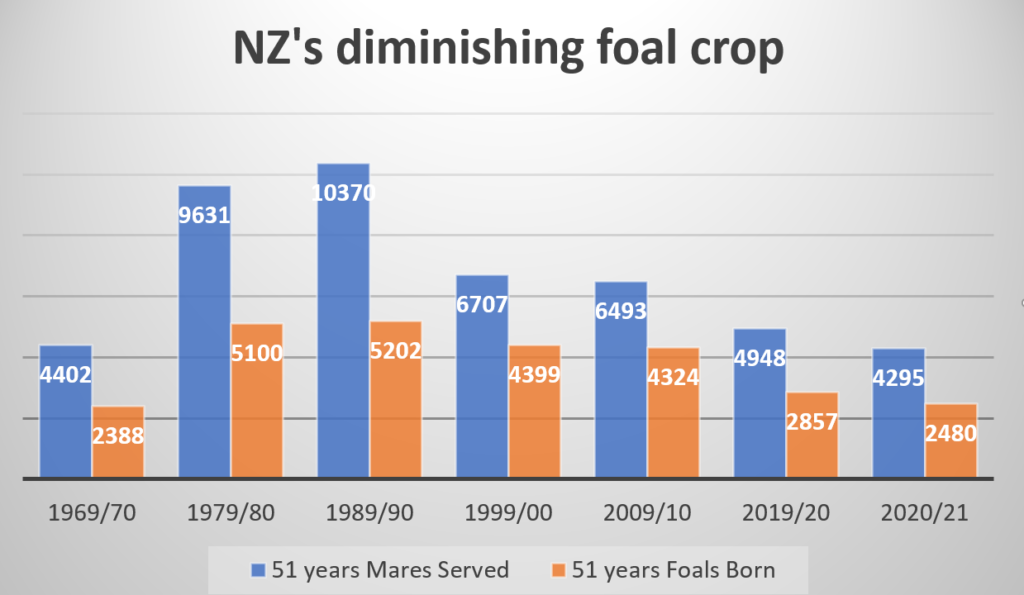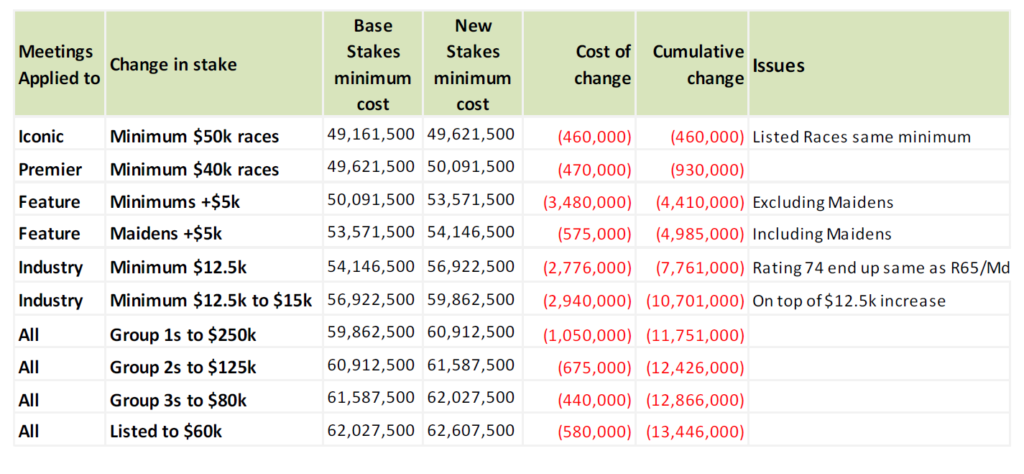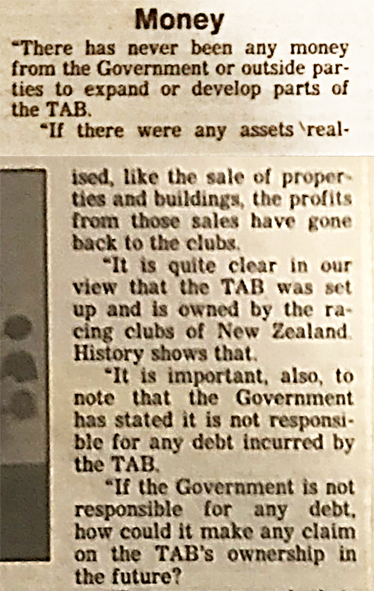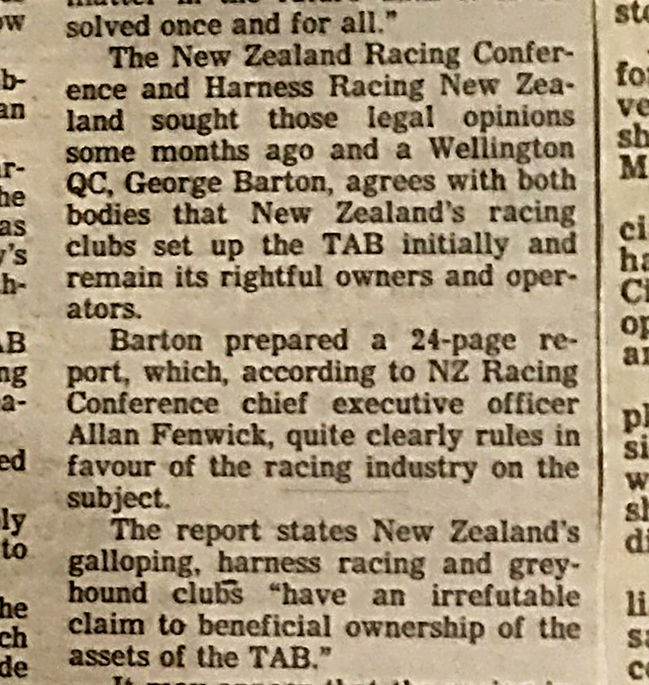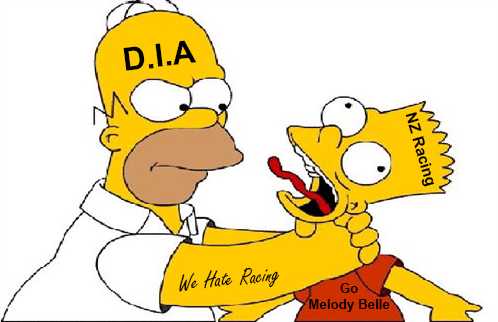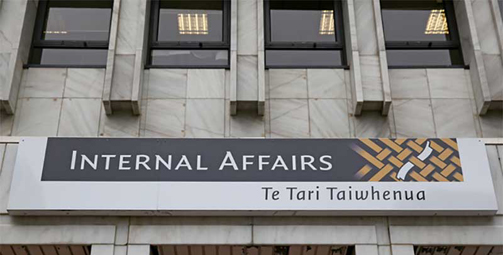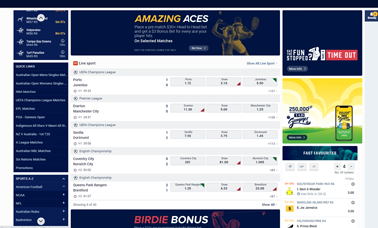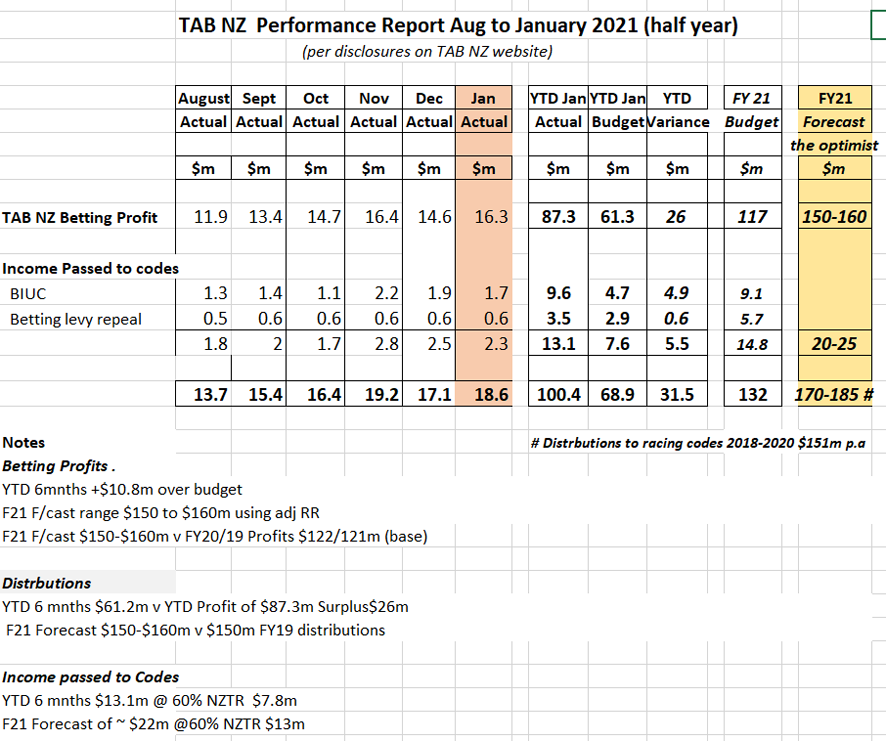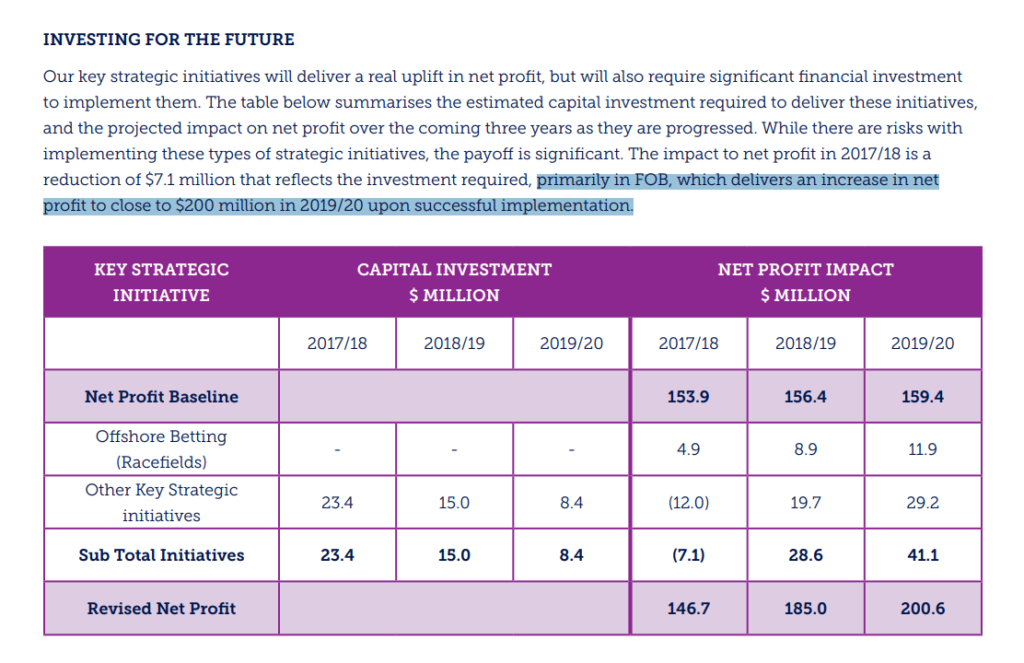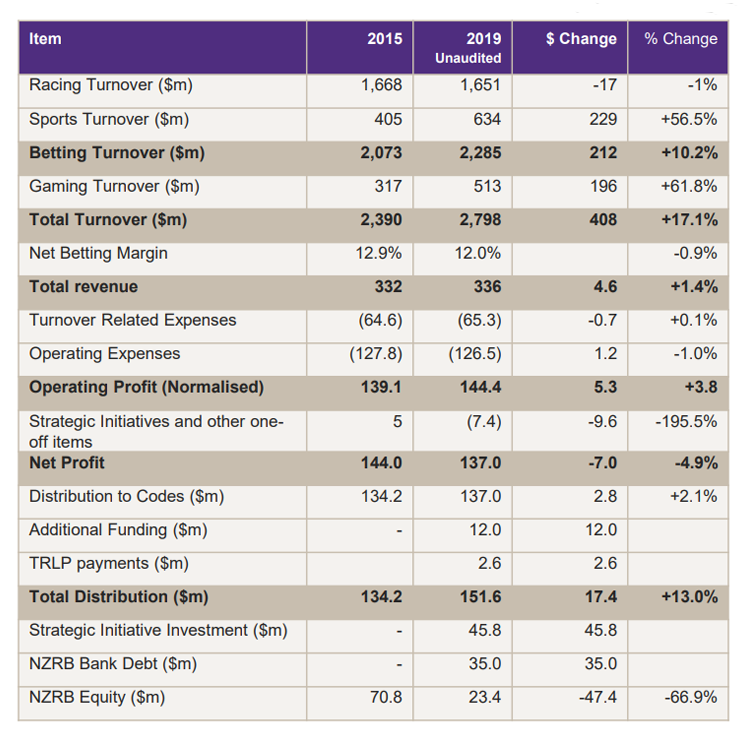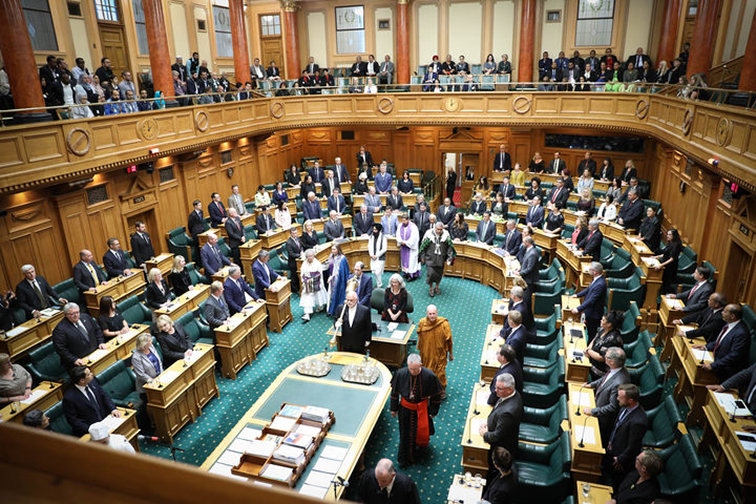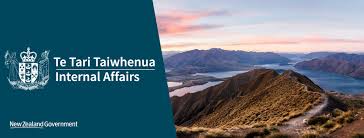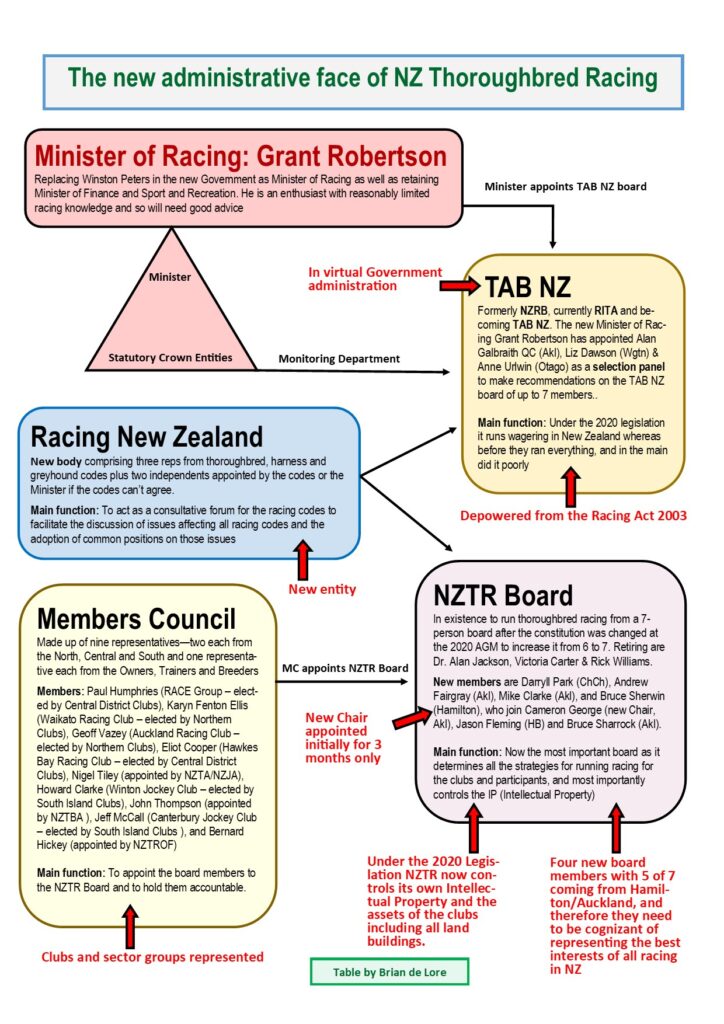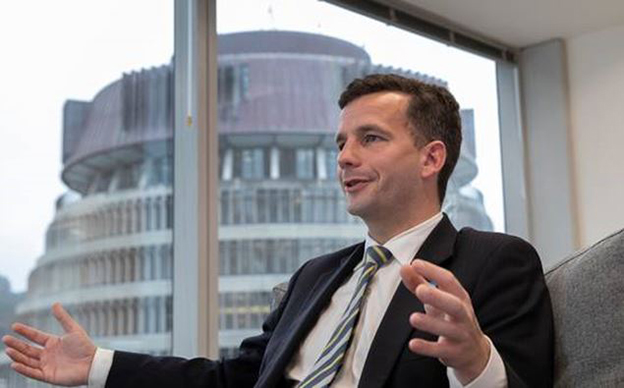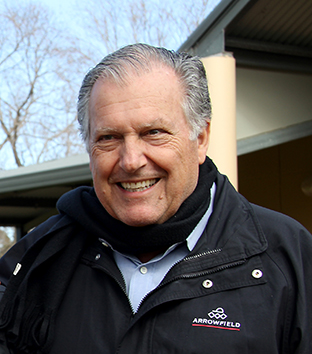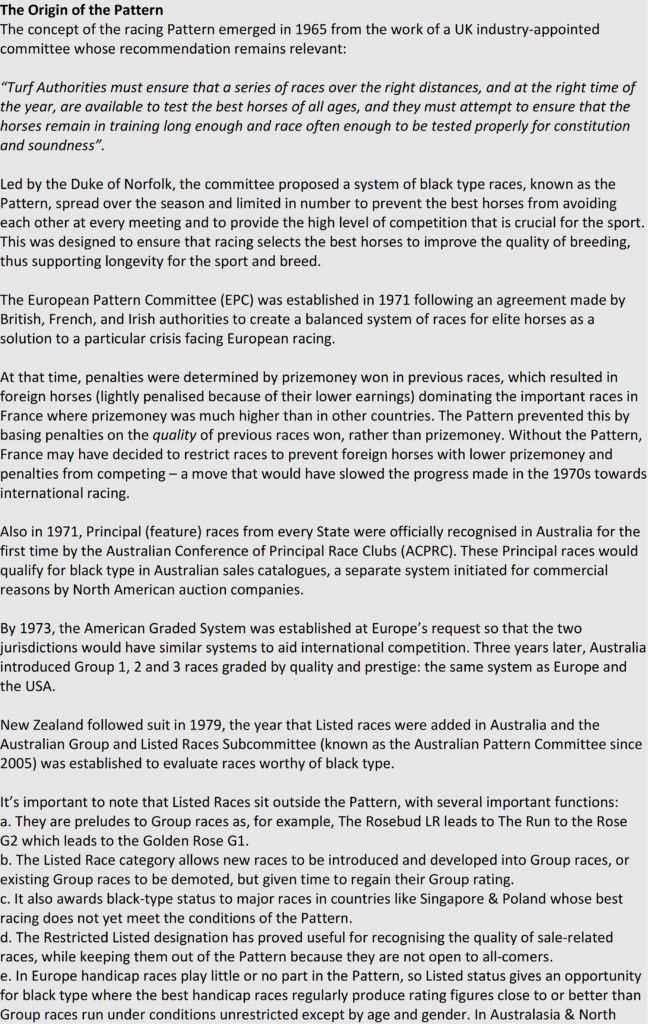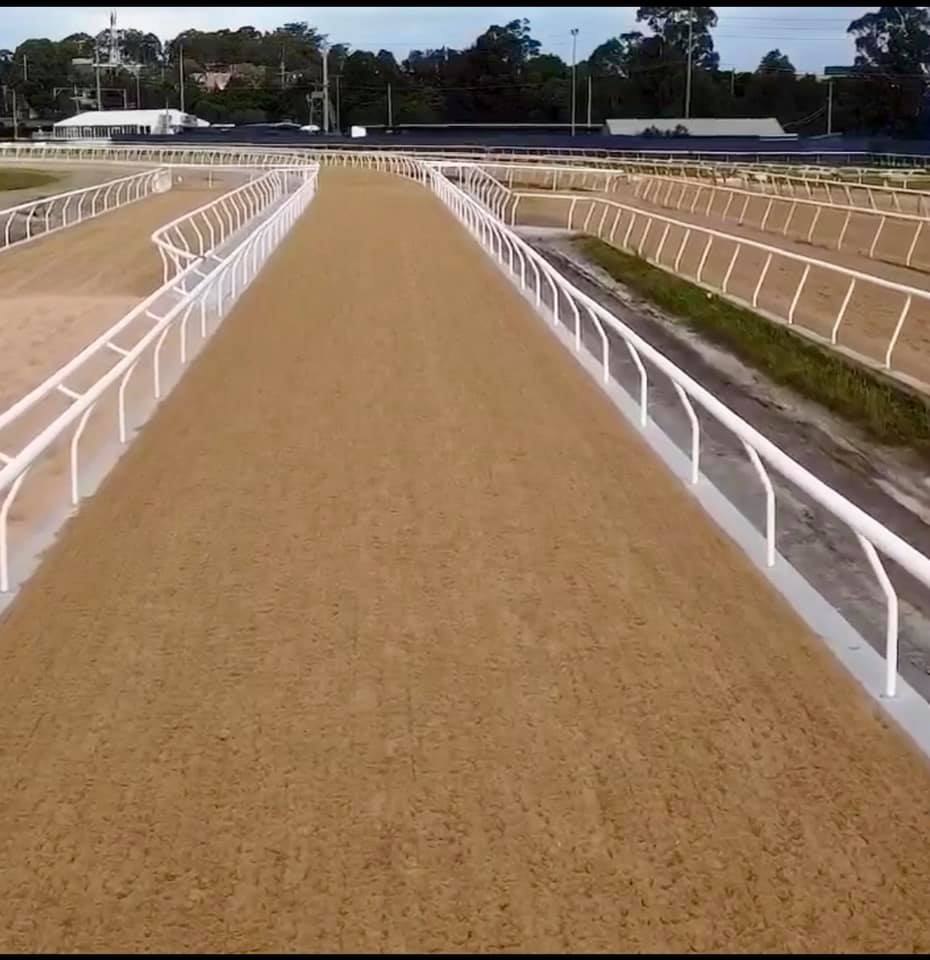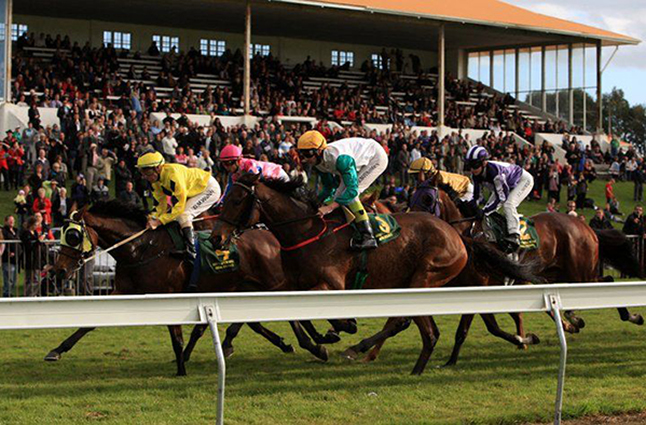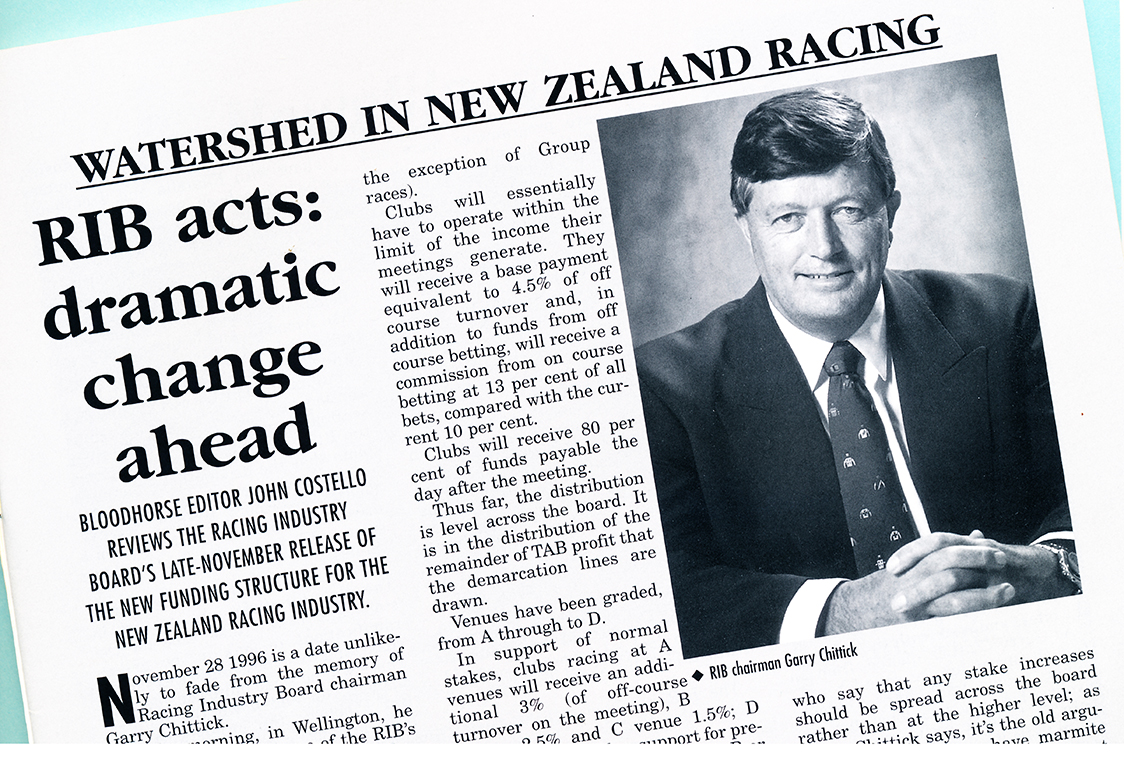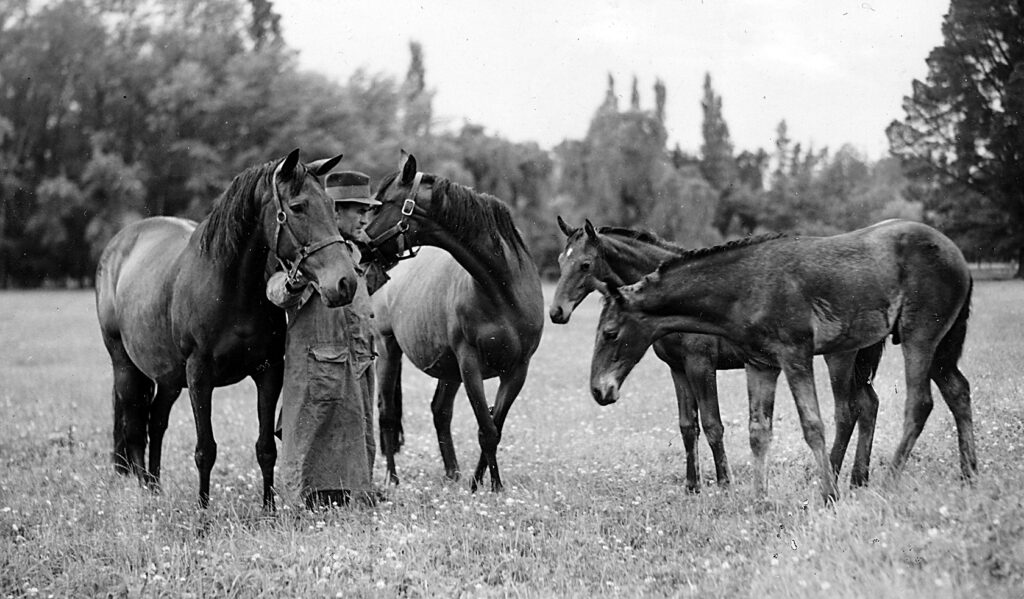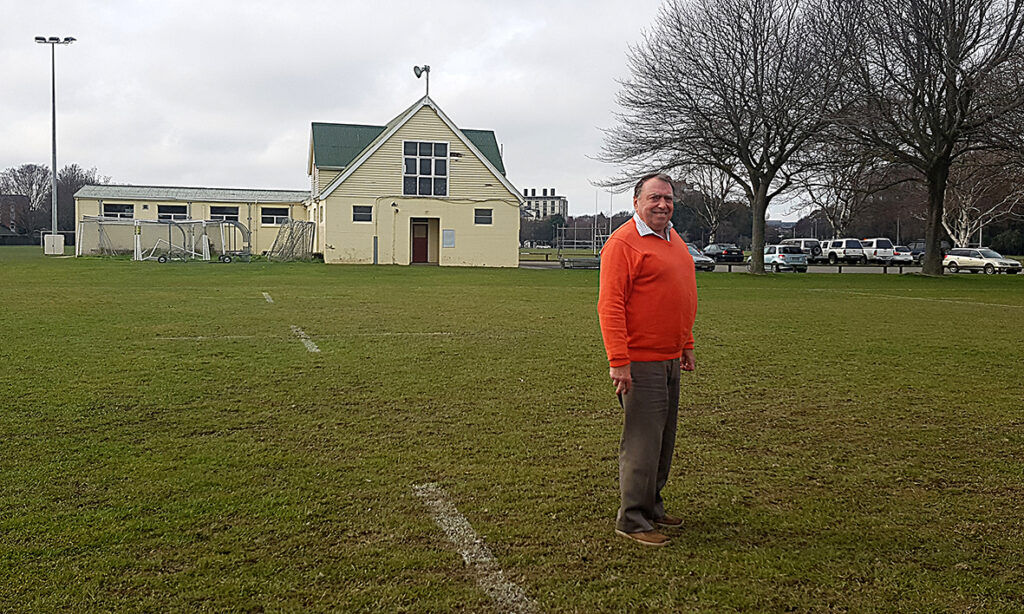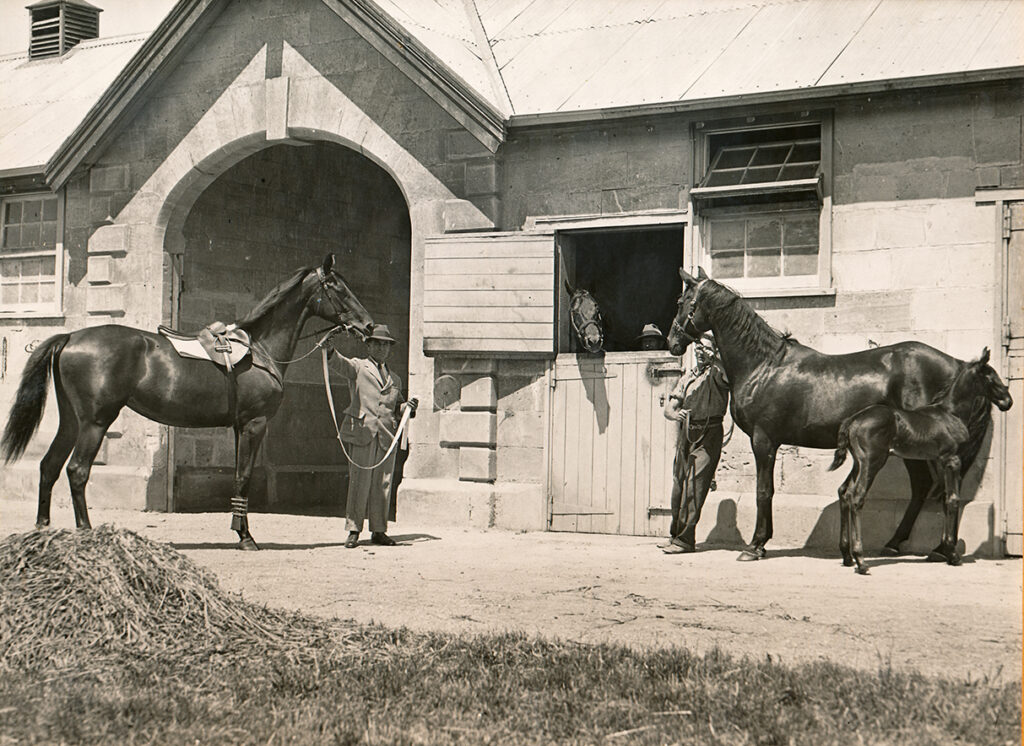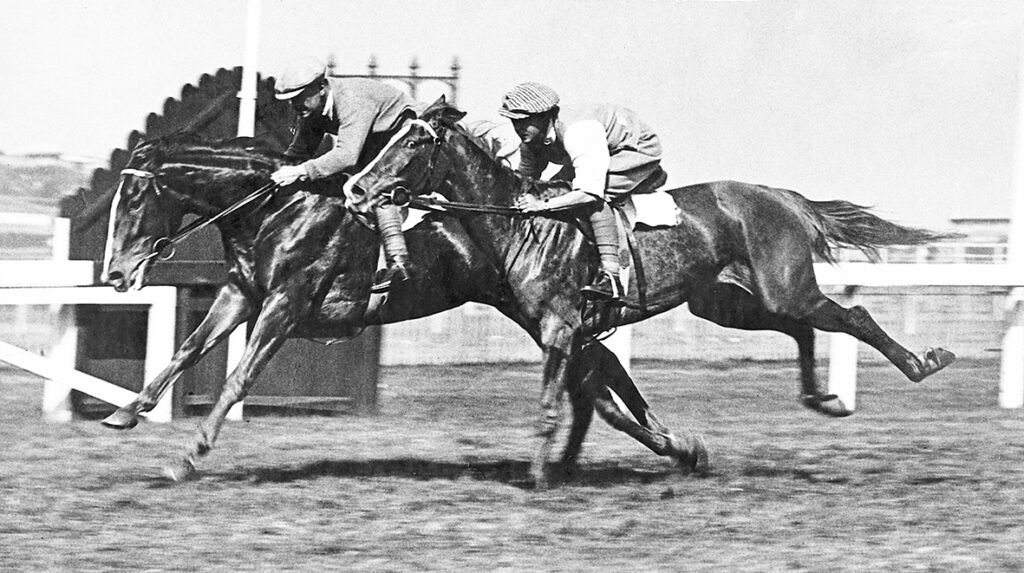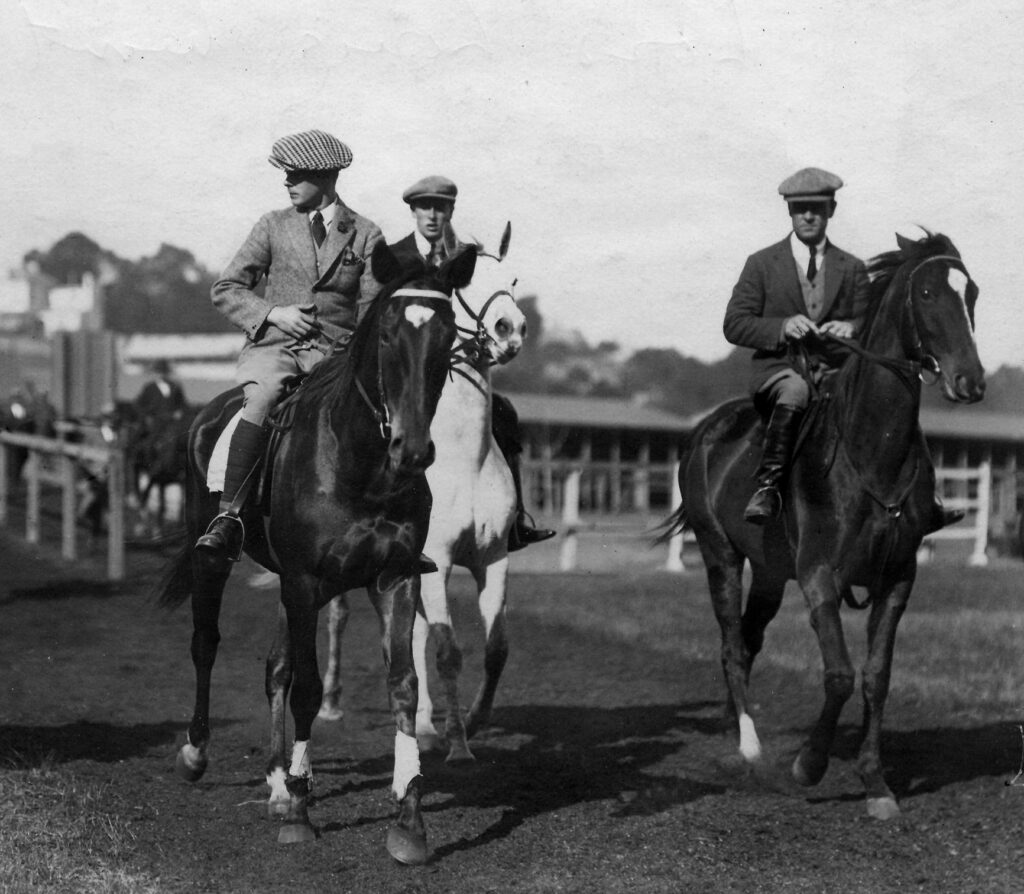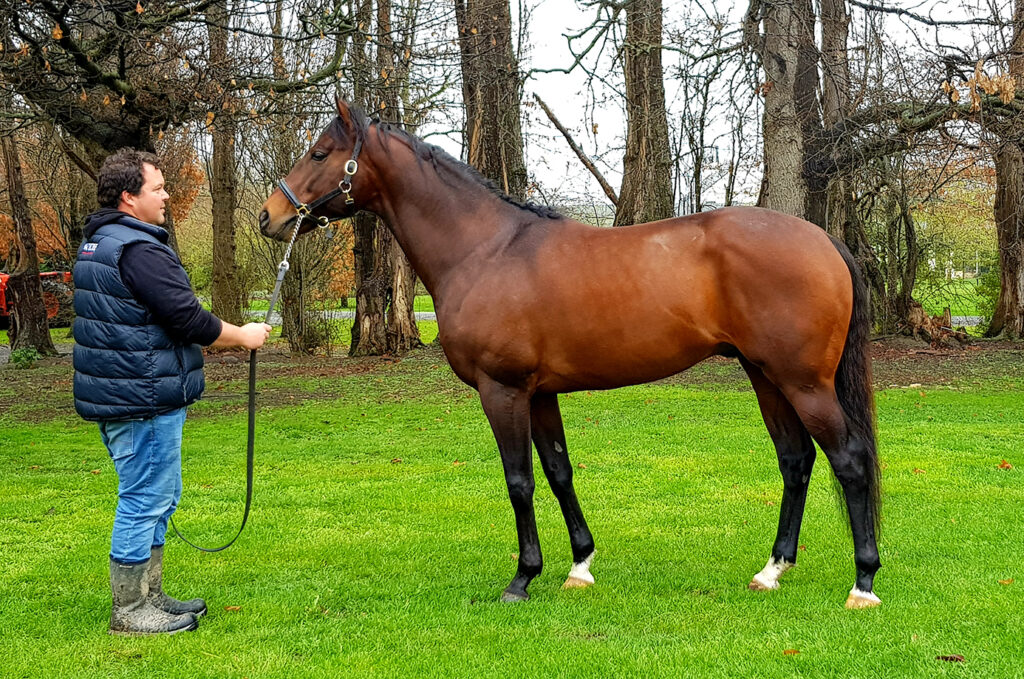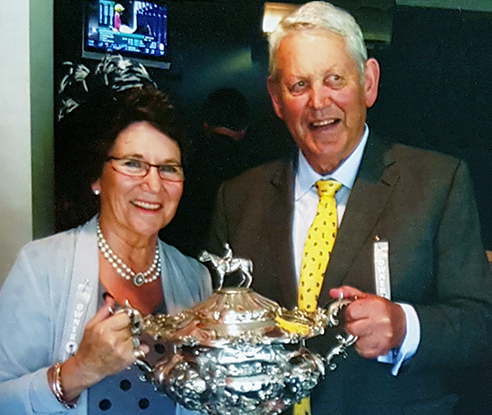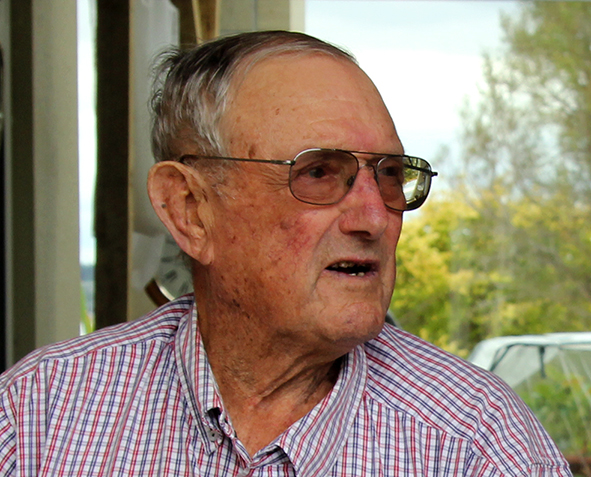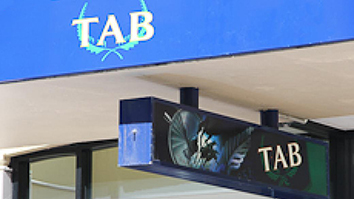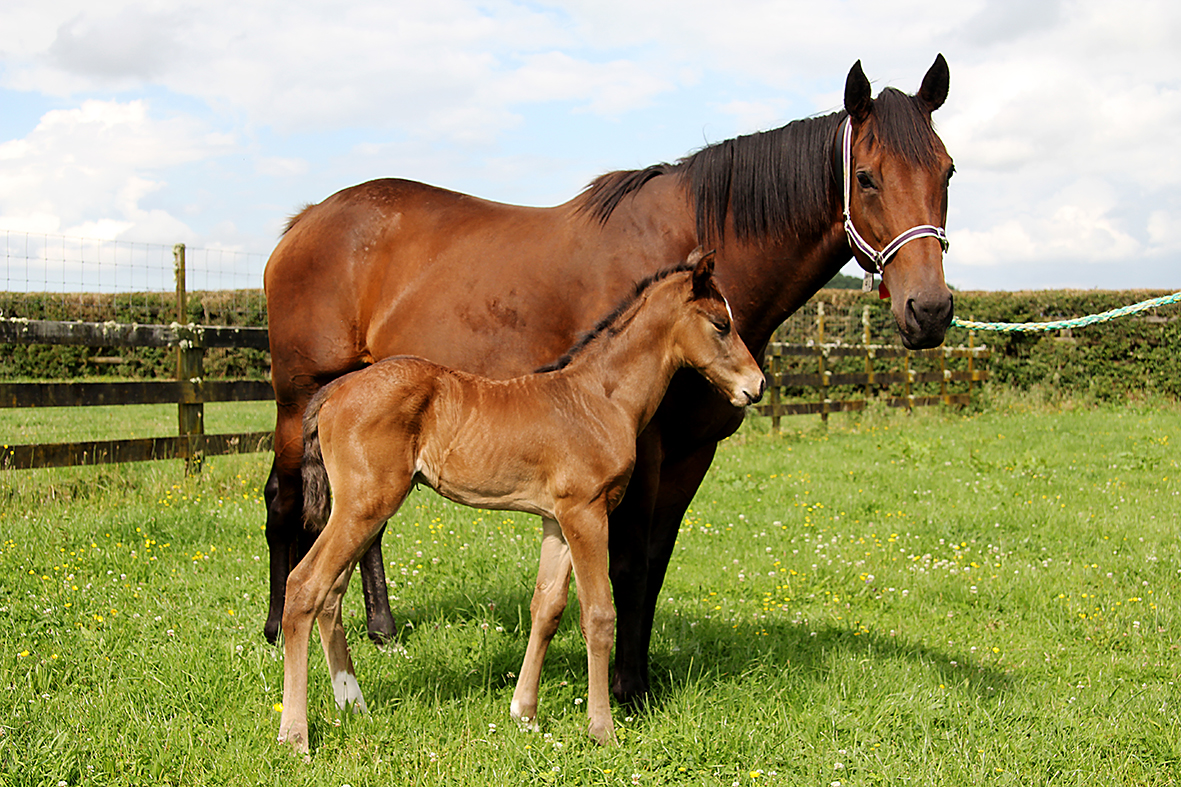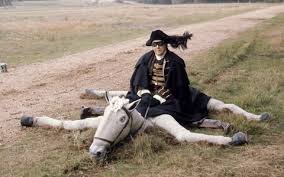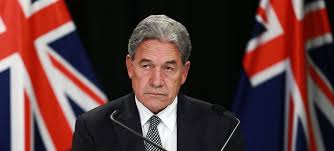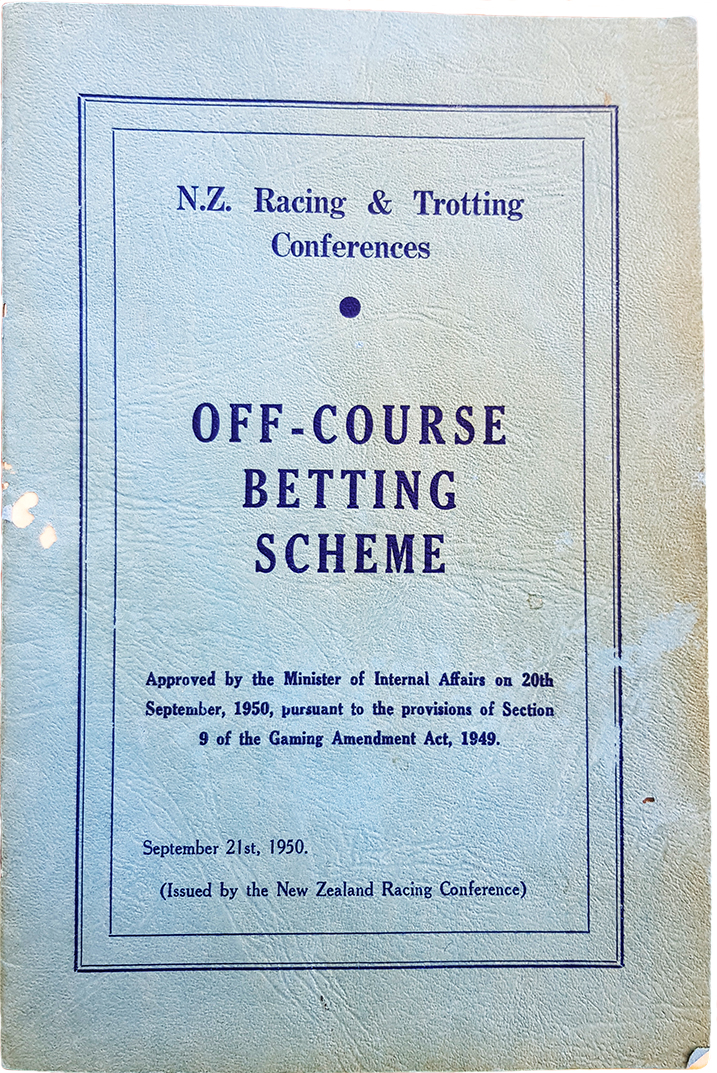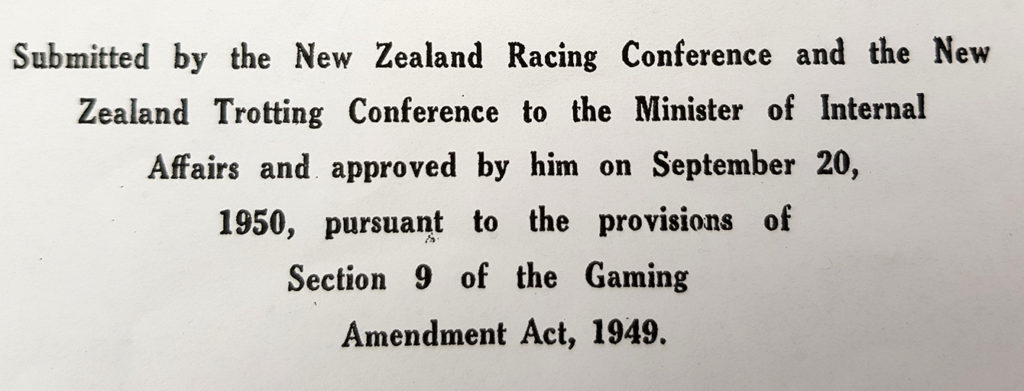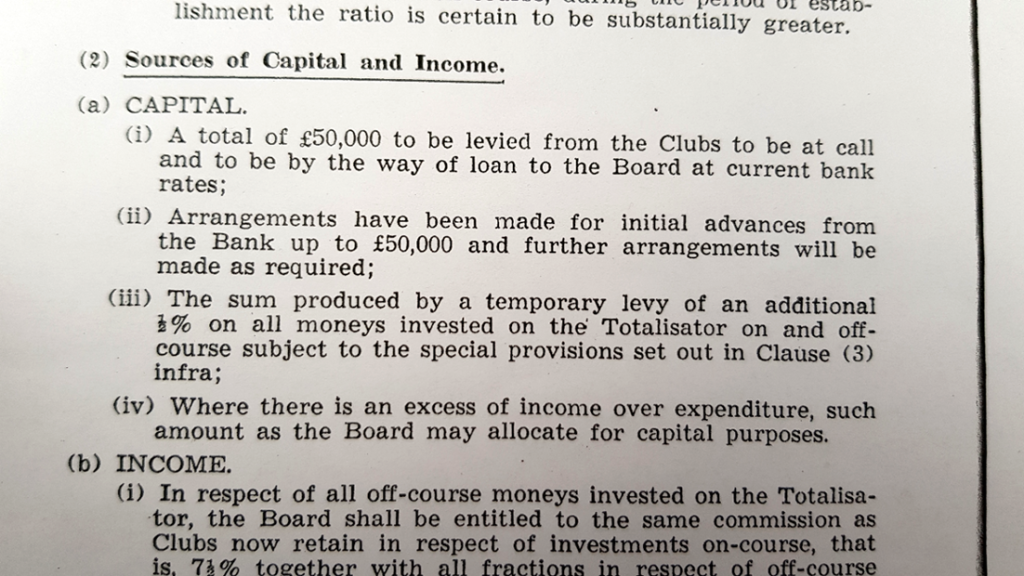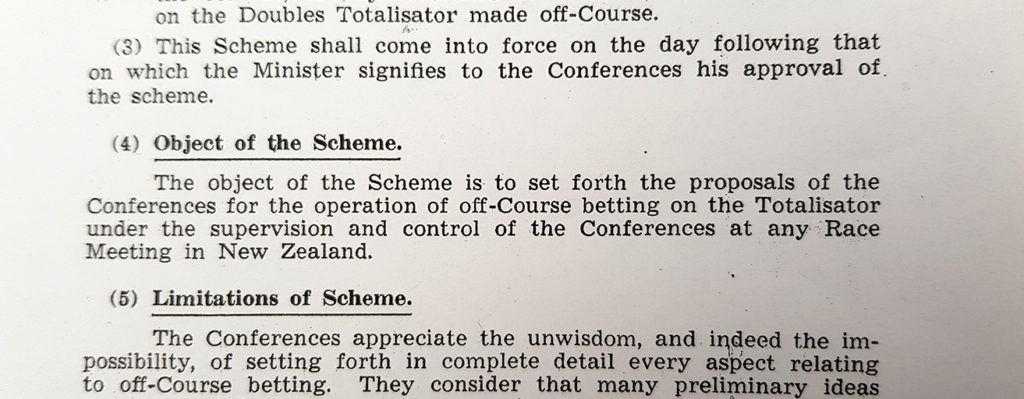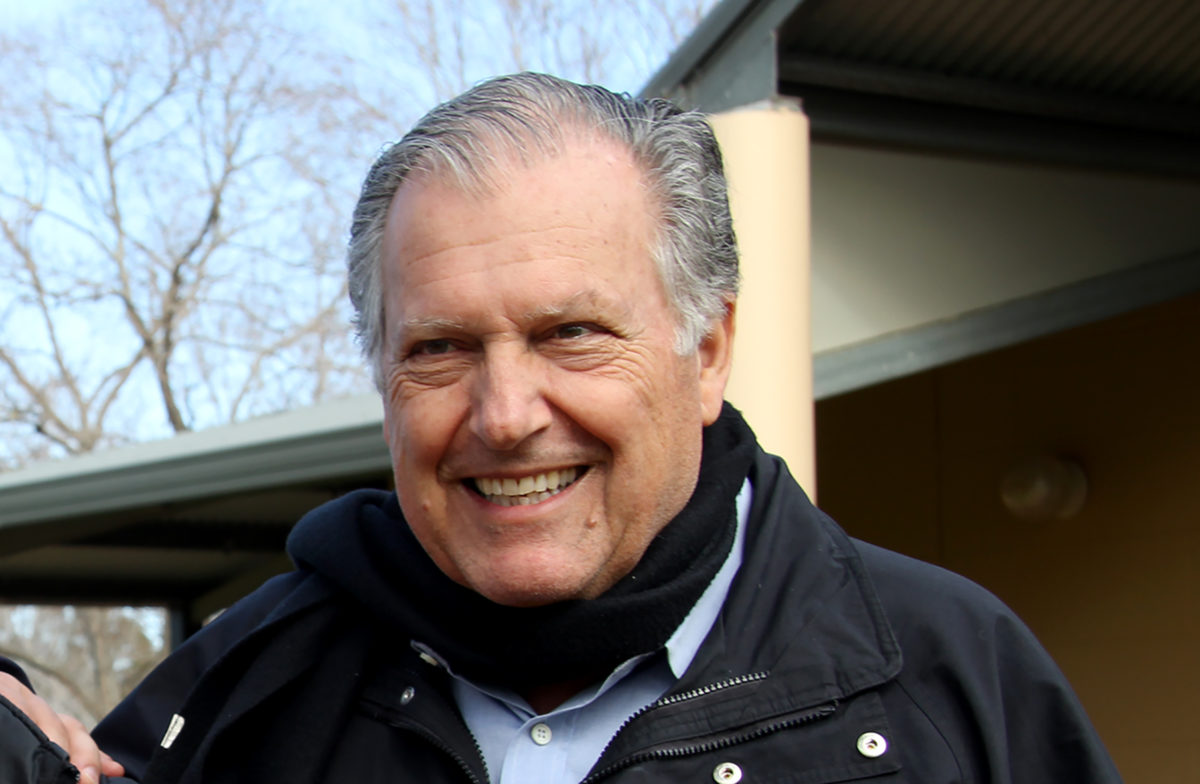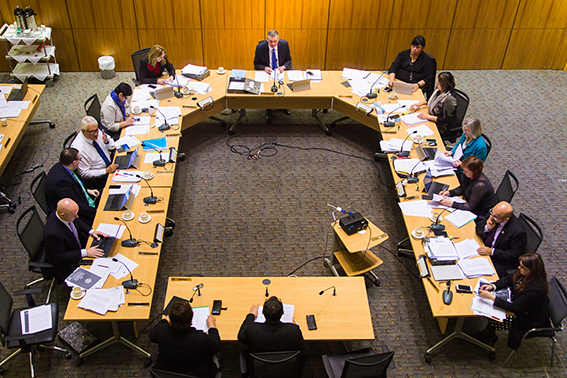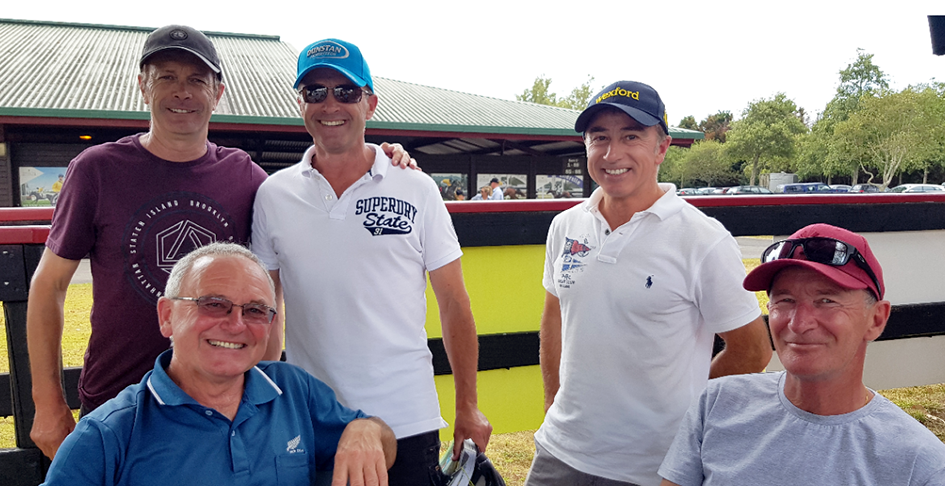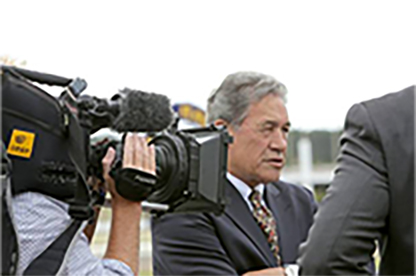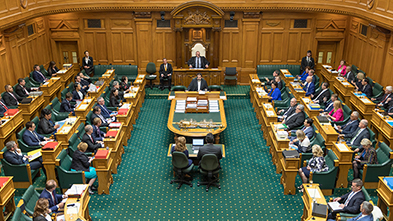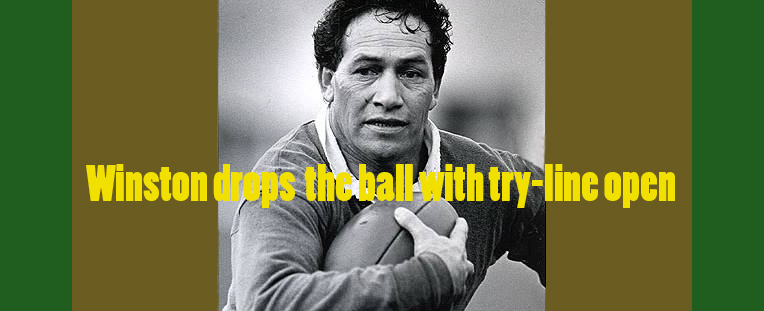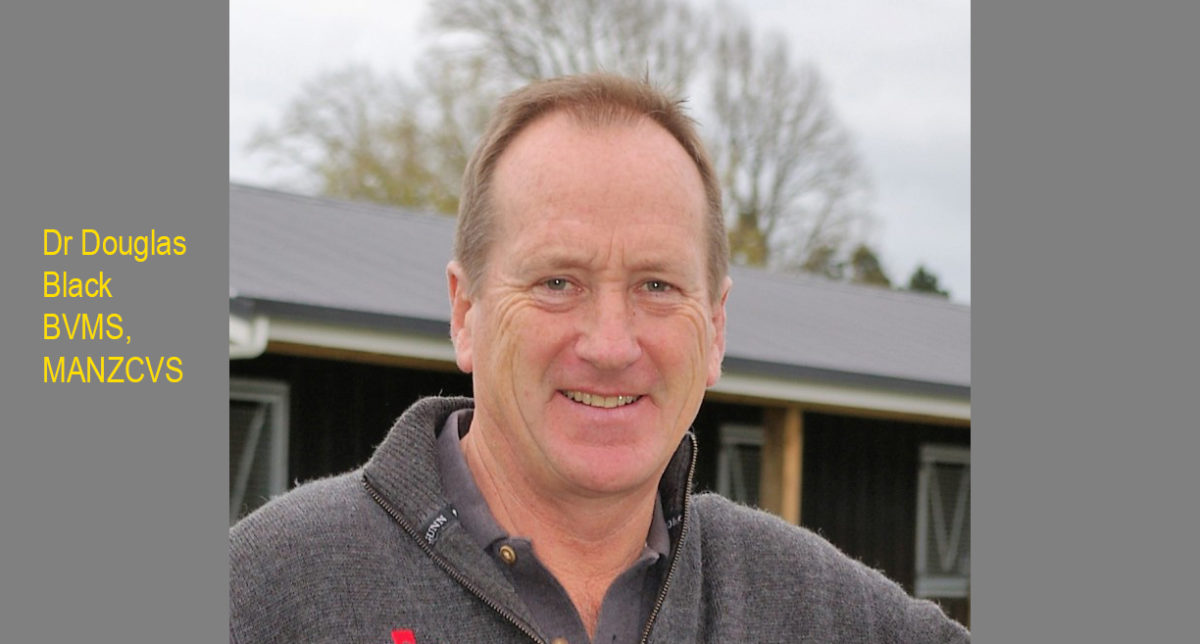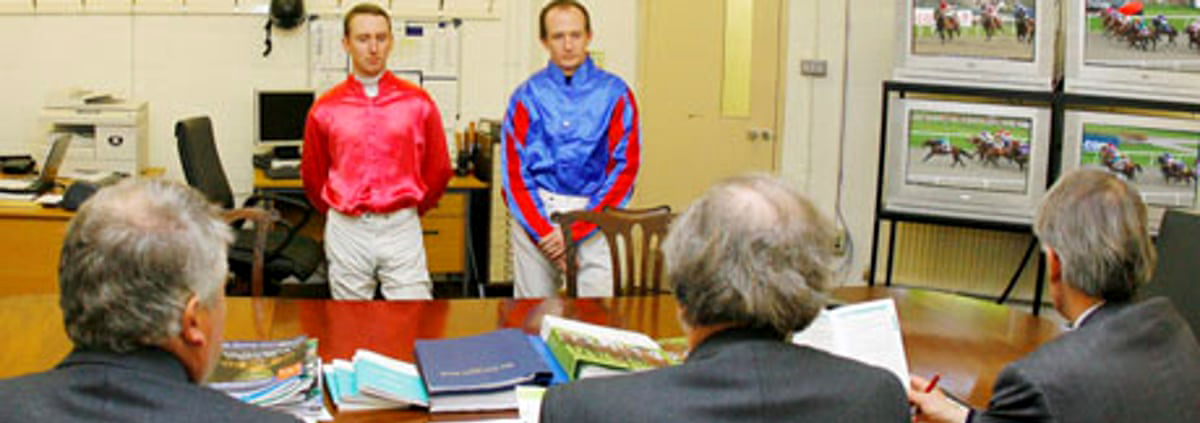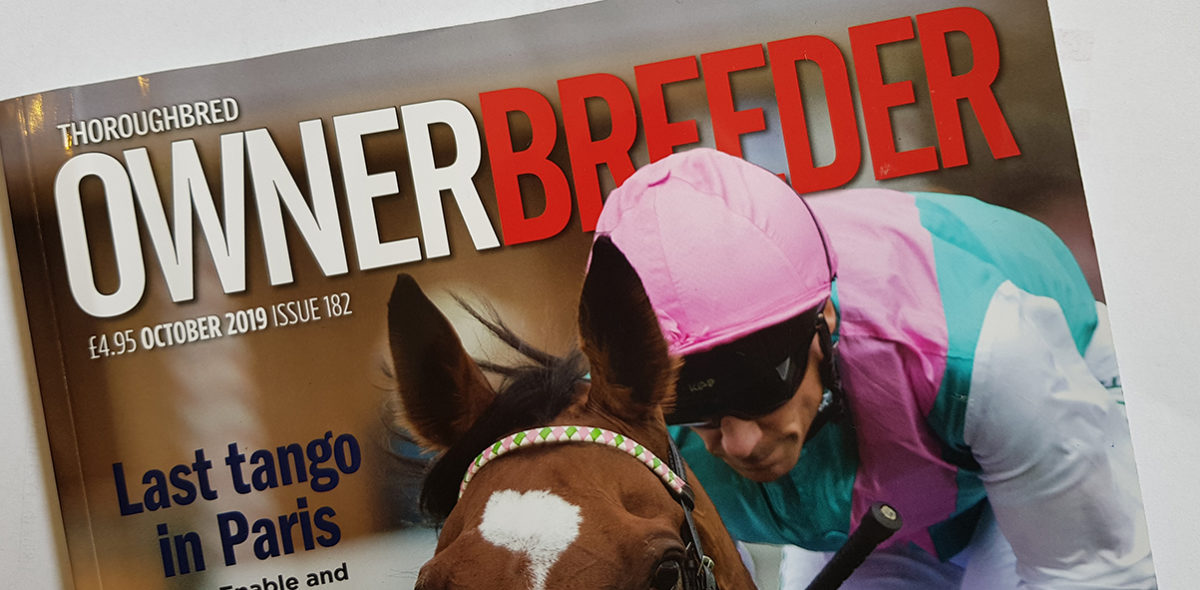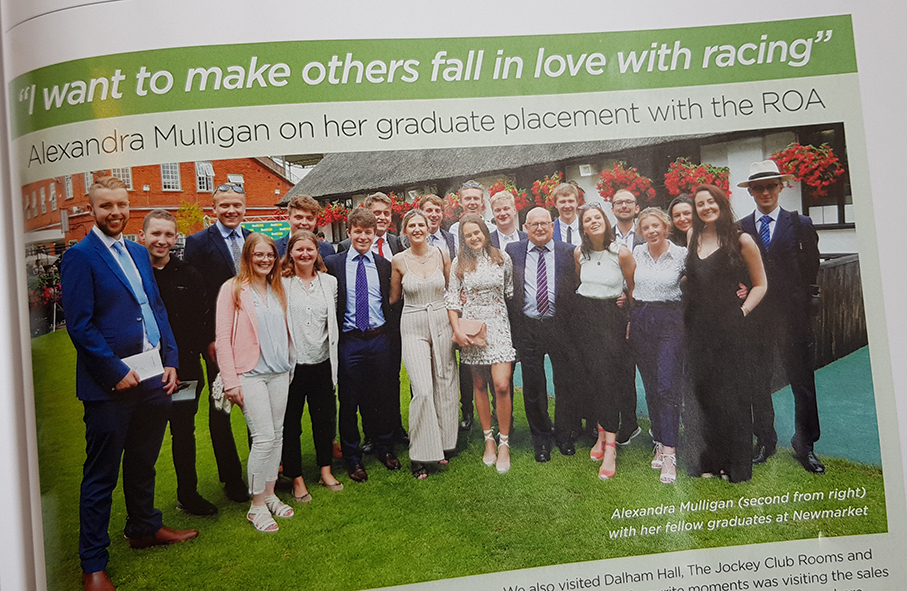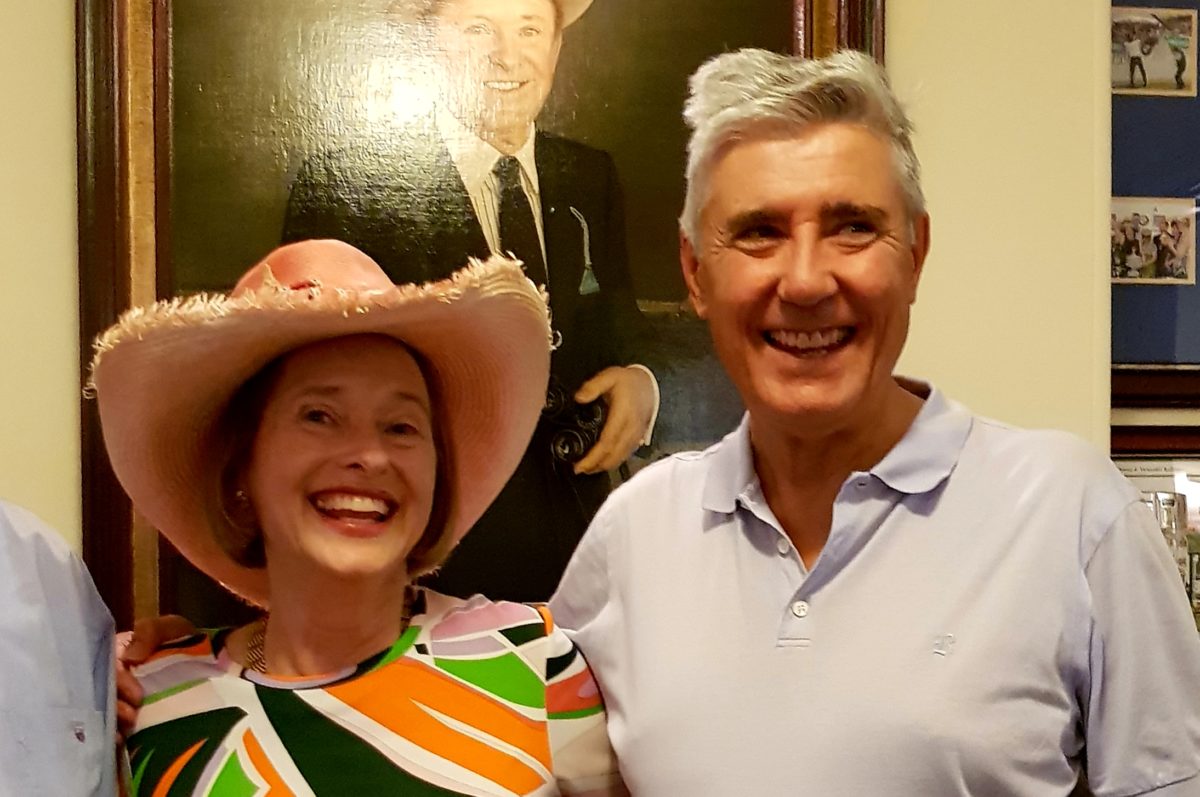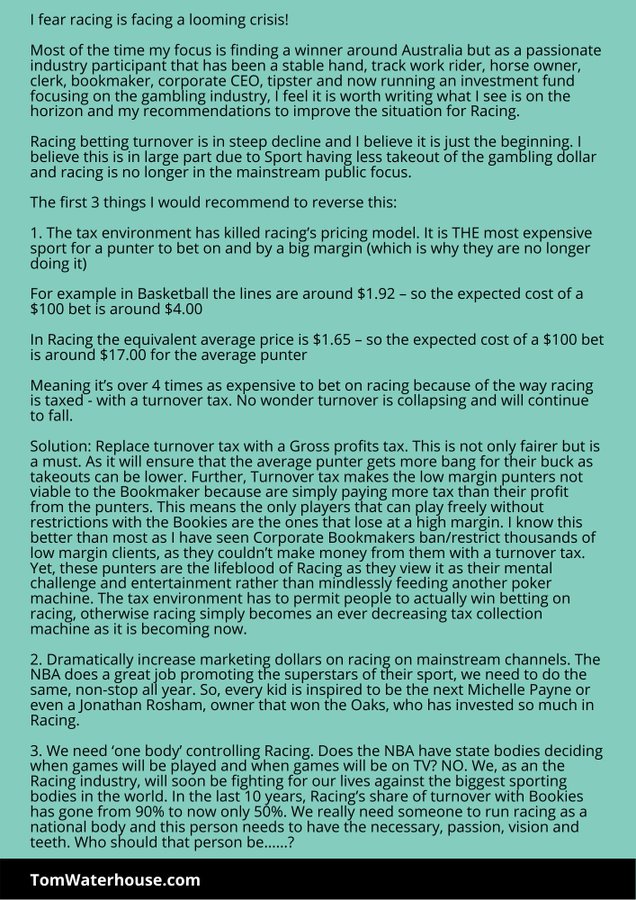by Brian de Lore
Published 14 March 2024
Owners, trainers and jockeys have already tasted the benefits this season of increased stakes money emanating from the partnering of TAB NZ with the global betting giant Entain, and by the end of April, punters will get their turn, and it should be a game changer.
Come to think of it, a large proportion of owners and trainers (not jockeys, hopefully) will fall into the category of punters, so they will be doubly pleased when Entain announce their three-pronged attack on the TAB NZ betting experience at the end of April.
Coming is a state-of-the-art app and betting platform and a refresh of the TAB NZ brand’s livery. Sydney-based Entain CFO and Deputy CEO Lachlan Fitt expressed his enthusiasm for the app at a recent Ellerslie race meeting.
The app and new platform comes to TAB NZ after around $200 million of Entain IT development for its global operations.
Punters in NZ are historically entitled to a degree of TAB NZ cynicism after a prolonged period of poor service, poor odds, and incompetents in charge —some of whom had never placed a bet in their lives. How did it ever come to that?
But suddenly, we have gone from the invisible and uncontactable TAB people to an Entain trio of three passionate racing people – CEO Dean Shannon, Lachlan Fitt and NZ-based Managing Director Cameron Rodger.

Entain’s main players making the decisions for the future of NZ racing. From left, CEO Dean Shannon, CFO and Deputy CEO Lachlan Fitt, and NZ Managing Director Cameron Rodger
The infusion of Entain money into stakes and these three’s presence, enthusiasm and availability has put a spring in the steps of Kiwi racing stakeholders. It’s a refreshing start.
Cameron Rodger told me by phone last week: “We’re keeping the name and brand and everything that’s built up on it, but we’re giving it a new colour scheme and logo to give customers frustrated with the old platform – maybe the ones that have not been with us for a while – just to let them know this is a fresh start.
“And it’s very good—a high-quality customer offering,” continued Rodger. We think the user experience will be top of the market, and the other key part of it is that it’s very stable. We know just how frequently you’ve had outages and downtime with the current platform, and that will be a thing of the past.
New technology will provide a new experience
So, I asked, what else can punters expect from the new app and platform?
“What you have now is the exact product you’ve had all along; we’ve done nothing to improve it. We have put all our time and effort into the new product to get it up as quickly as possible. It will have more generosity, more flexibility, same-game, same-race multi-products—things that have become commonplace with offshore bookmakers and which, in NZ, the technology has lagged.
“It will be a huge, ‘brought up to speed,’ moment that will include simple things such as navigating quickly between races. It will be one or two clicks for what currently might take four or five. And that makes a world of difference for someone trying to quickly get on pre-race or pre-match.
“Betting on sports has been a big pain point for customers. It’s painfully slow, taking too long to accept, which has led people to think the bookmakers are being conservative, but it’s actually just the platform which was wired that way and can’t be changed.”
Thanks, Mr Allen, Ms Hughes and company, for spending $50 million on a dud platform and committing the TAB to pay $17 million annually for the updates for ten years. But that commitment happened only five-and-a-half years ago, so has Entain negotiated its way out of the contract? I asked Cameron Rodger if we had settled the Openbet and Paddy Power baggage.
Openbet and Paddy Power red-carded
“Yes, we have completely moved off that platform, and there’s no residual Openbet or Paddy Power reliance. As part of the deal we struck, it was our cost to bear, which we factored into our equations. That was all sorted and squared away after we signed up.
“It was a big cost, but we couldn’t stand still on that platform.”
What a relief to hear that the potential to be weighed down by the ball and chain NZRB Allen/Hughes debt had been rectified and kicked for touch.
But in my chat with Cameron Rodger, the ‘music to my ears’ part came when he said: “I think the big one I can give you that hopefully will be interesting and exciting for people to hear is that we are huge believers in freeware and broadening the television coverage to a wider audience.”
Free-to-air televised racing?
Free to air Trackside – wow, that would be a game-changer on its own.
According to the constitution, marketing racing is supposedly the domain of NZTR but is rarely actuated. By default, it’s now the territory of Entain, whose presence has generated newsworthy coverage on mainstream TV and radio.
At the Karaka Sales, Dean Shannon told me that Entain knew they had to make a ‘big splash’ to kick start racing here in NZ—it needed to be jolted into life to move forward. On the same question, Cameron Rodger recognised the need to revive the racing marketing and encourage new people to engage.
We have had droll accountants making the decisions, closing down radio, newspaper content, and TAB retail outlets, reducing broadcasting costs, and annoying the customer base. How does any industry thrive on a downsizing mentality?
Entain has shown it is diametrically opposed to that thinking. And since its arrival, it has injected $30 million more into NZ racing than its commitment to the contract.
Other positives have happened in NZ racing in the past year: the revival of Ellerslie; NZ Bloodstock embracing the arrival of Entain and joining in with sponsorship, and NZTR initiating ‘The Kiwi’ slot race, which, according to several sources, is a collaboration between all three parties.
Entain dragging the industry up with it
Simply put, Entain is dragging the rest of the industry along with its dynamism.
Meanwhile, the TAB NZ board can only be sitting on its hands, doing practically nothing, and wondering if it should be embarrassed by continuing to draw directors’ fees. The board is now relatively powerless and has failed to produce a half-year and full-year report for the year ending July 31, 2023.
Why haven’t they? The answer simply lies in an embarrassing rise in costs and a downturn in profits for the year in question. At the half-year mark last financial year, the TAB profit had fallen behind by $9.4 million on the previous year and heading for a record annual running cost in the vicinity of $130 million.
My regular reviews of the TAB’s financial downturn caused the bosses to stop publishing the monthly figures. And now, no half-year or annual report. There is no transparency or accountability, which is the short history of NZ racing.
The TAB board comprises Anna Stove (Chair), Wendie Harvey, Raewyn Lovett, and Bill Birnie. Kristy McDonald no longer appears on the website as a director, so she presumably has resigned.
Dean Shannon told me I shouldn’t be concerned about the cost of running the TAB from now on because Entain now covers all its expenses, along with a guaranteed minimum payment of $150 million a year to run the codes and provide stakes. He also said Entain expected to lose money for two years but should be in the black by year three.
30 percent of NZ online betting placed with Bet365
He aims to claw back the 30 percent of all online betting in New Zealand that goes directly offshore to Bet365, a privately owned platform that gives nothing back for the use of NZ racing.
Cameron Rodger said Entain would not be pushing the issue of geo-blocking but leaving it to the due process of government to decide. The codes will benefit by an additional $100 million from Entain if it’s passed into law.
Things have improved since Entain’s arrival, but this partnership has a cautionary side regarding the long-term sustainability of racing. We are in the honeymoon phase but should remember that the deal has to work financially for both parties to survive beyond the annual $150 million guarantee, which ceases in 2028.
The five years will come around quickly, after which the partnership will be conducted on a 50/50 gross profit basis. We need Entain to turn its massive NZ investment into an excellent annual long-term profit so we can run for prizemoney that will incentivise Kiwis to grow breeding and racing back to higher levels than we have now.
So, what do we really know about Entain beyond the charismatic trio of Shannon, Fitt and Rodger?
What we know about Entain
We know it’s a highly geared $4 billion global betting empire that, in August 2020, changed its name from GVC Holdings to Entain and has since invested heavily in various betting jurisdictions worldwide, including our TAB NZ.
We know that the company is registered in the tax-haven Isle of Man, where it runs worldwide gambling operations under the Ladbrokes, Neds, BetCity, Eurobet, Sportingbet, Crystalbet, Coral, PartyPoker, bwin and BetMGM brands. BetMGM is Entain’s joint venture with MGM Resorts.
We know the company’s share price fell by 40 percent last year, which caused shareholder dissatisfaction and indifferent reviews. Since then, replacements have arrived for the CEO and several board members.
We know that Entain expects the NZ betting market of approximately NZ$600 million to grow by 35 percent over the next five years.
We know that in an Australian interview last week, Dean Shannon was asked if he thought a 17 to 20 percent betting downturn across the board was a sizeable shift. He answered, “Yes, it has been a sizeable shift, but it shouldn’t be that surprising. This is predominantly driven by macroeconomic factors such as higher interest rates and cost-of-living pressures.”
We know, most importantly, that if it hadn’t done a deal with Entain, TAB NZ would now be either broke or less attractively partnered with one of two alternative offers – fact.
What else is there to know beyond that last bit?

